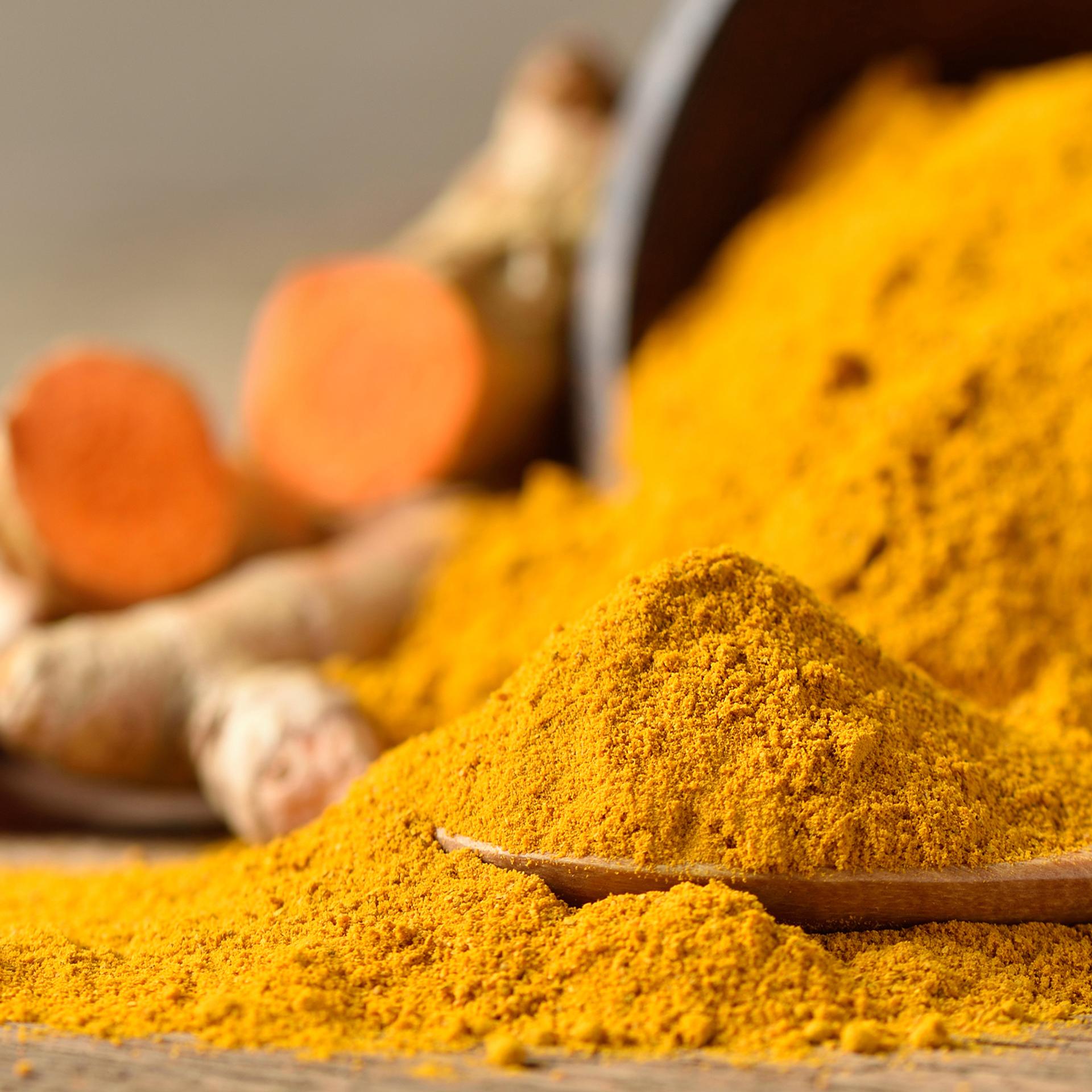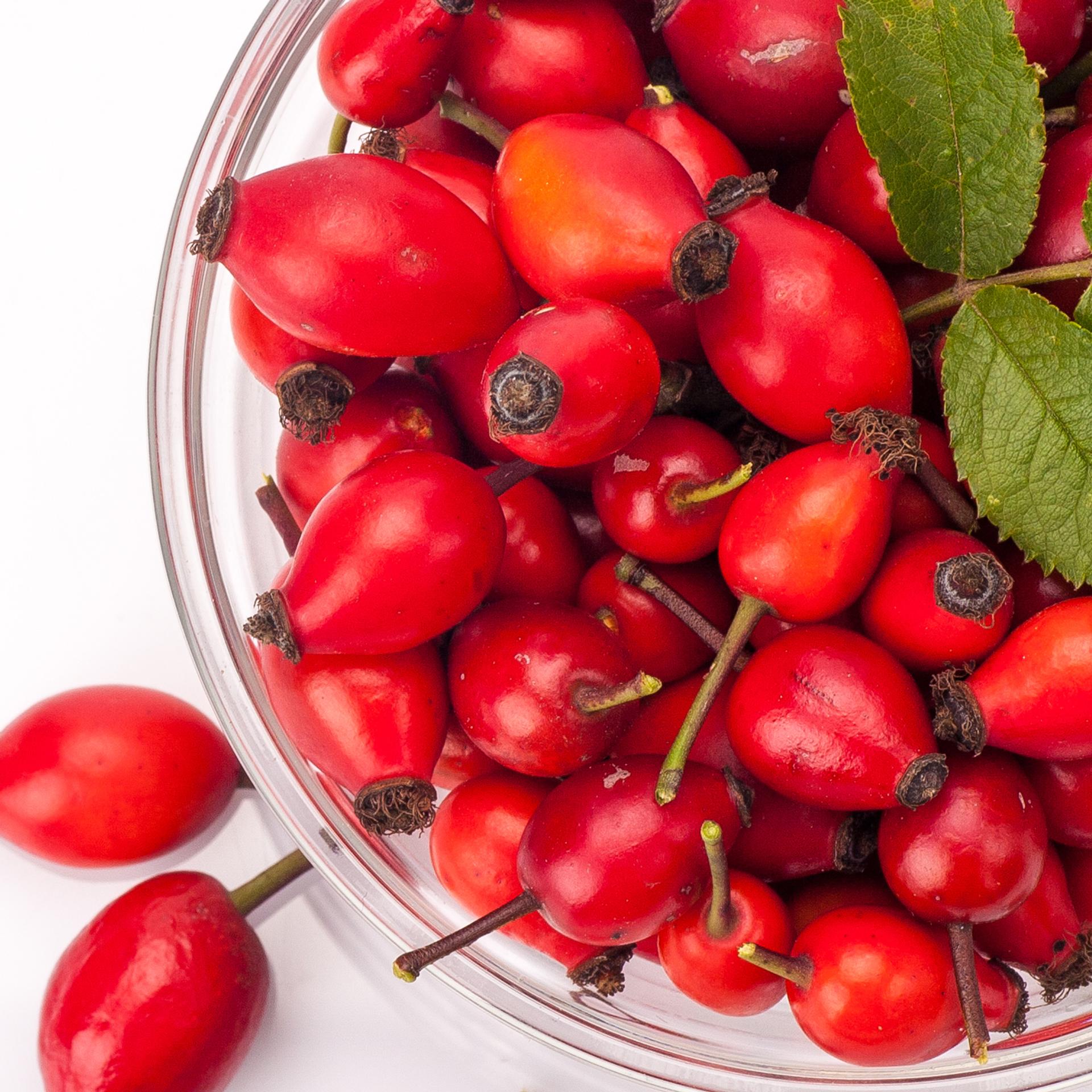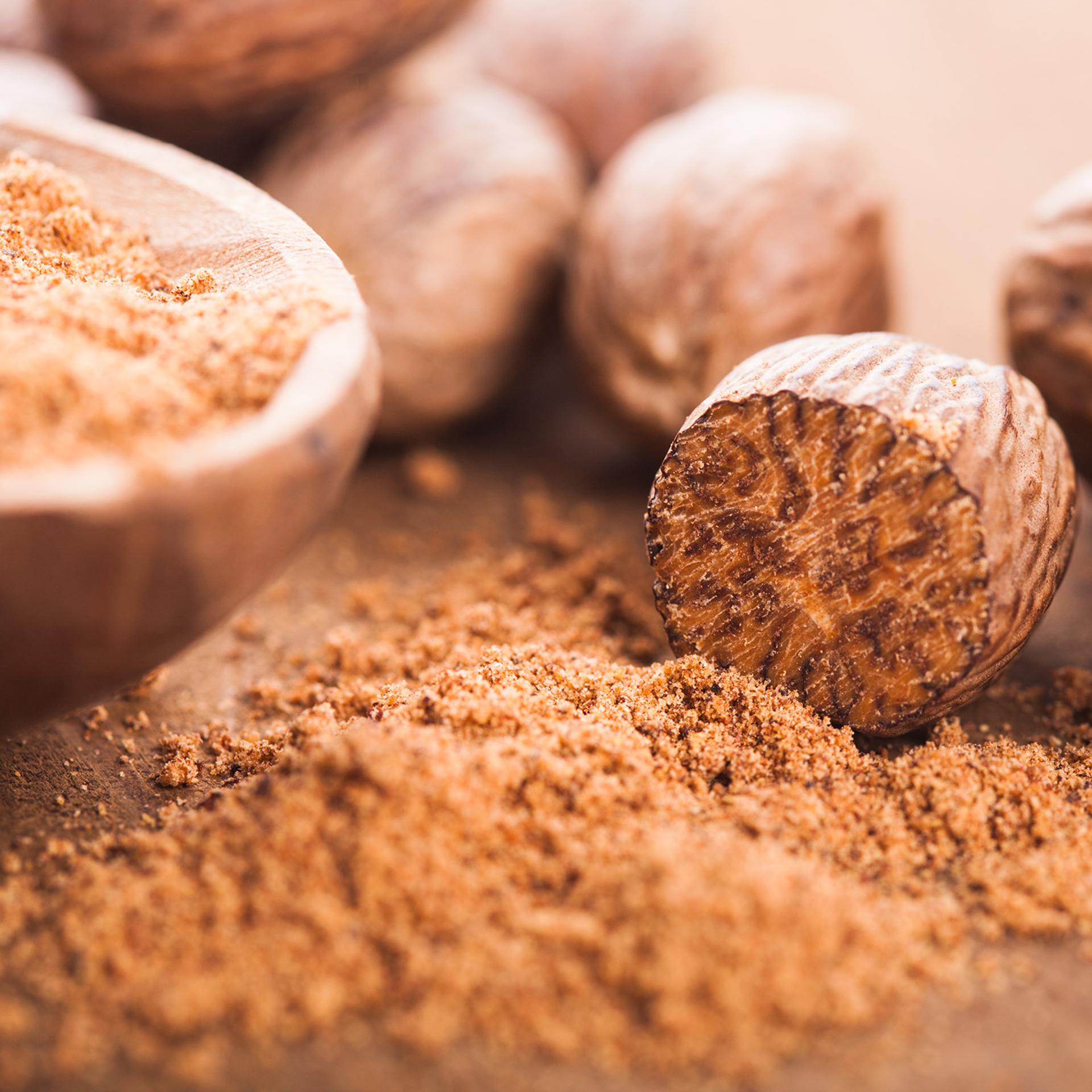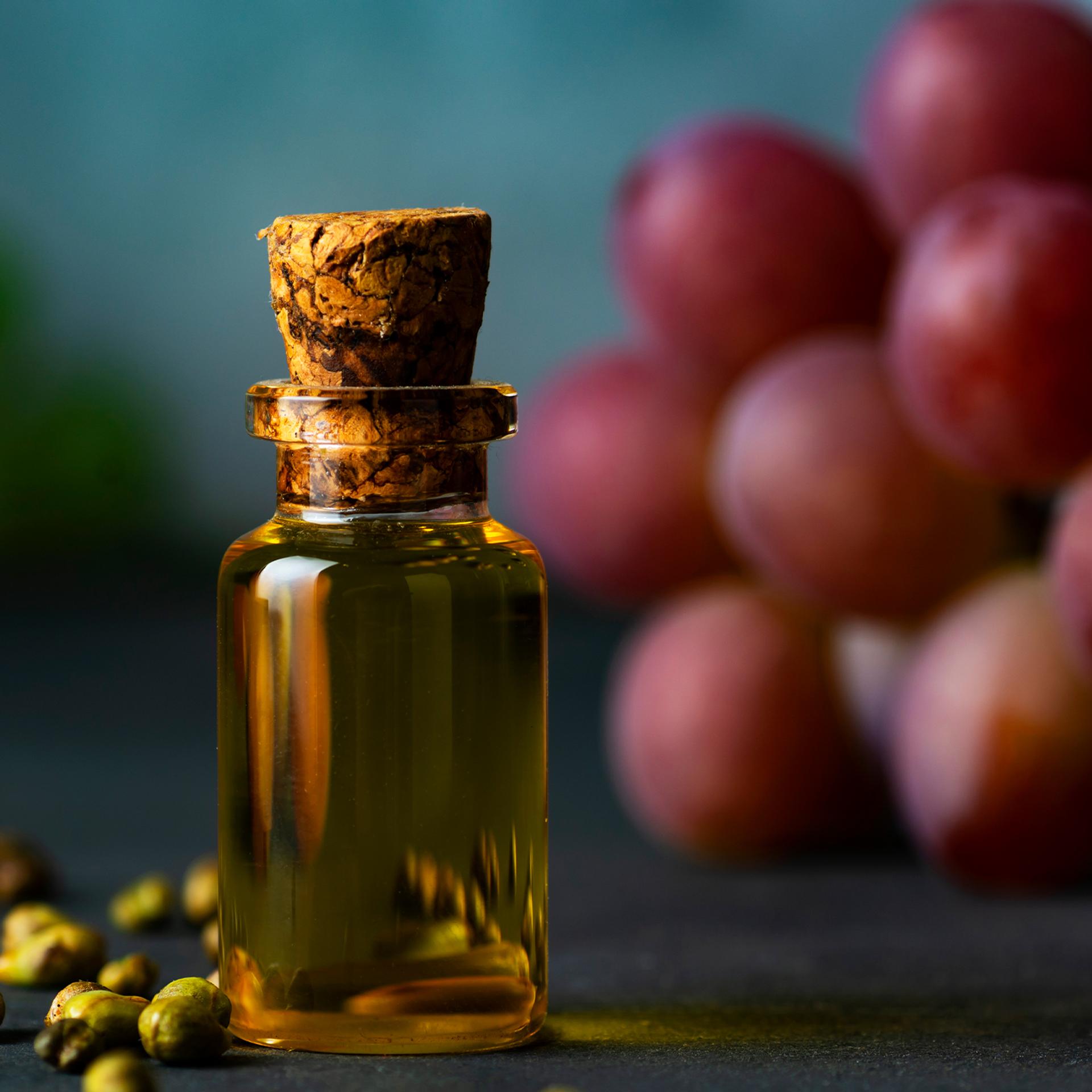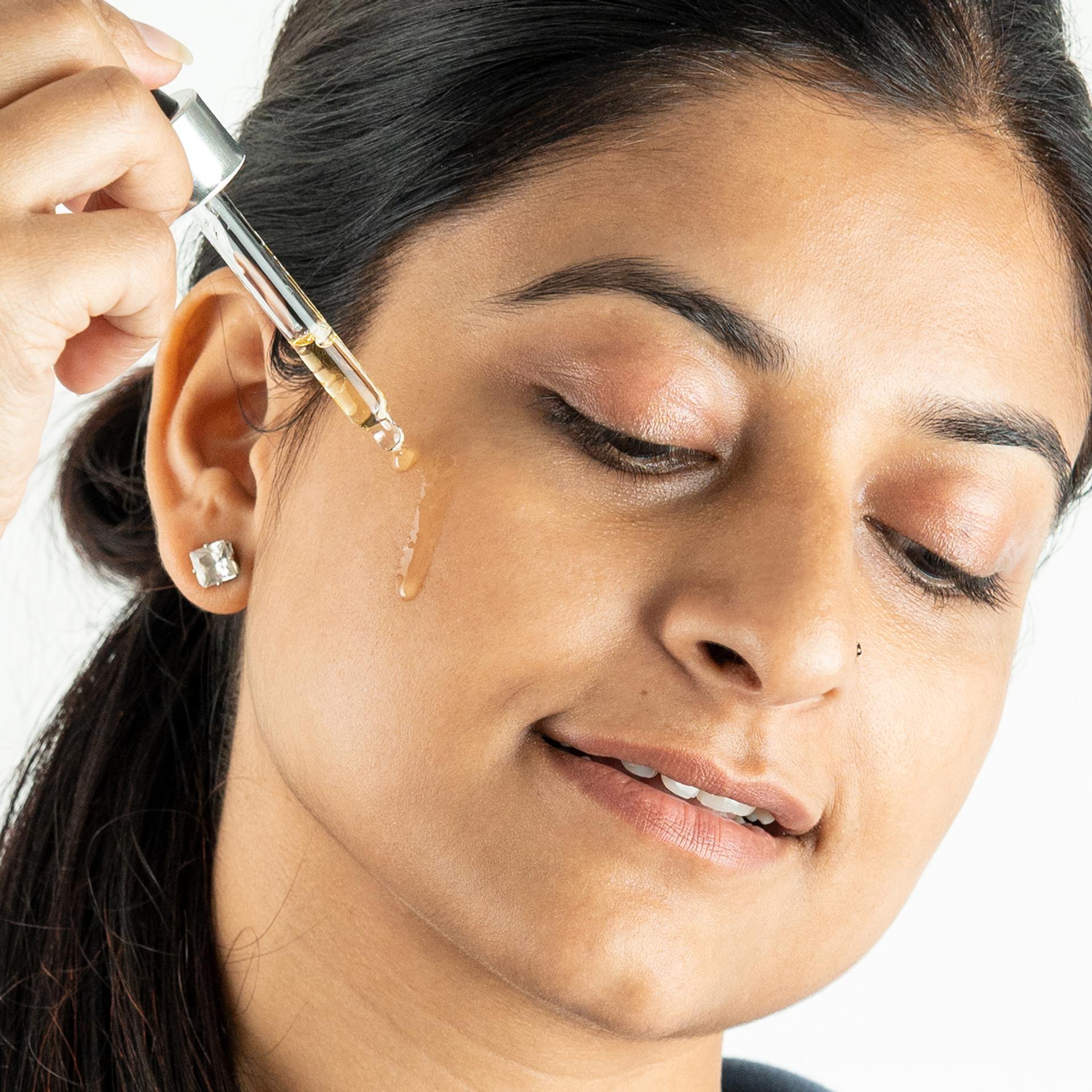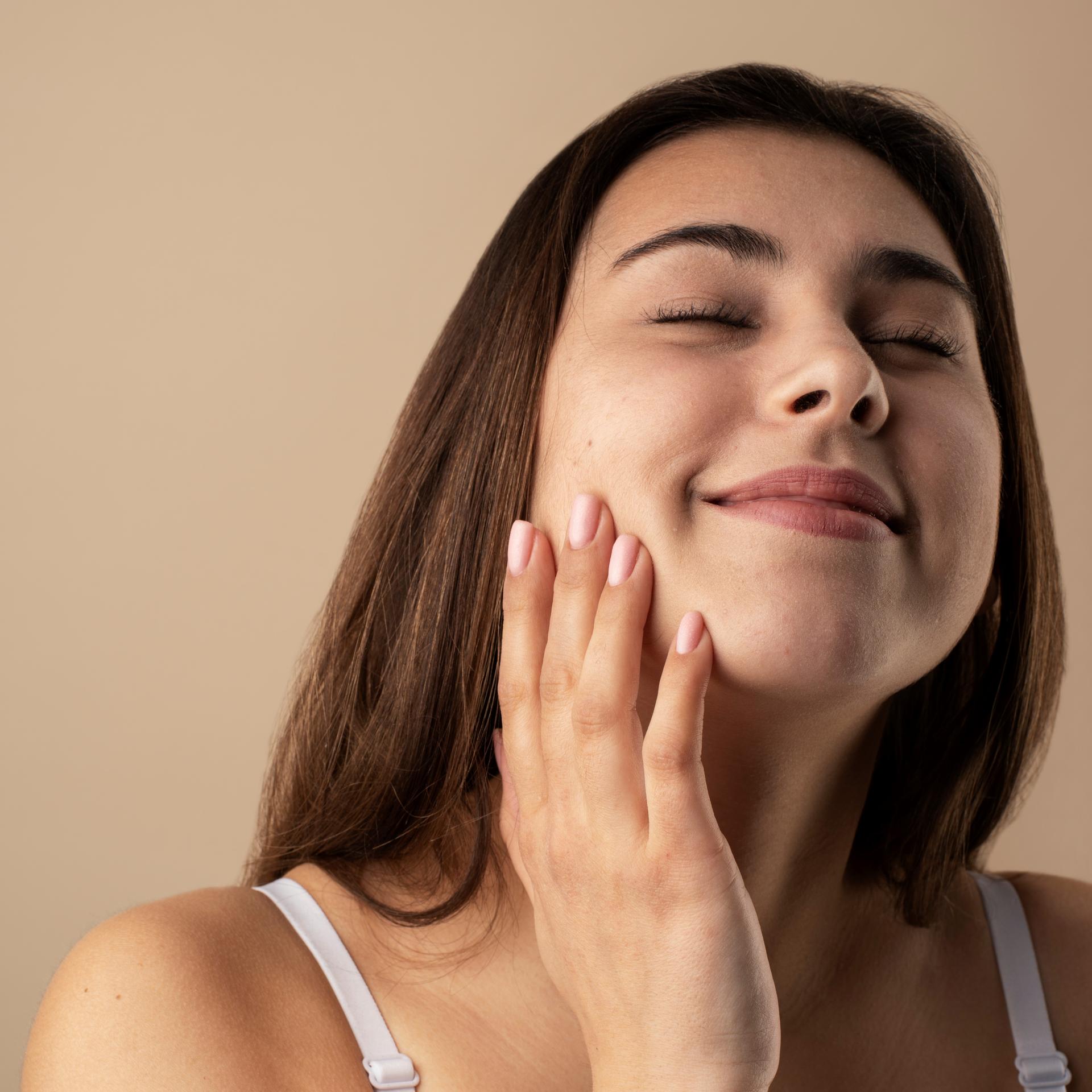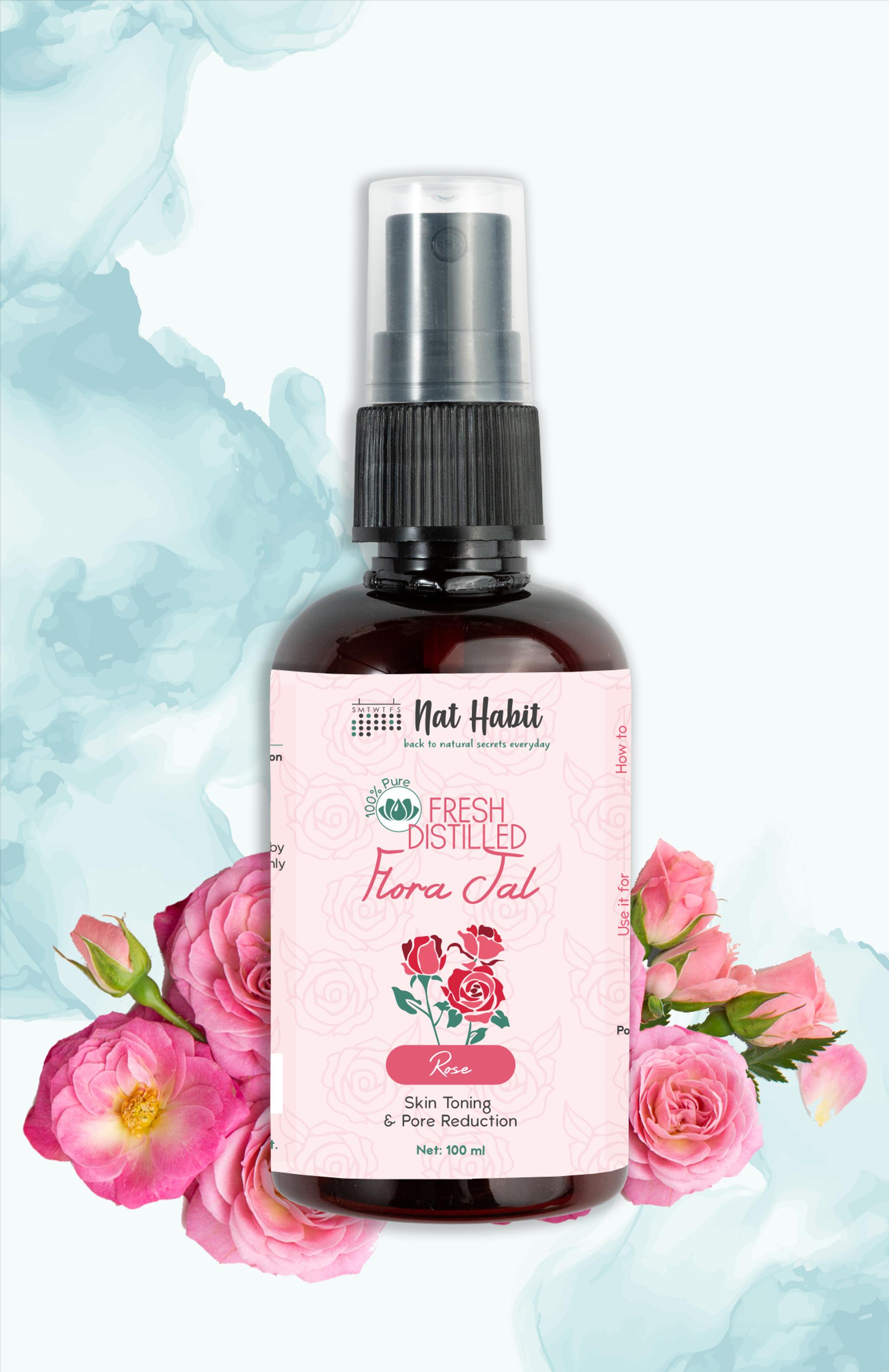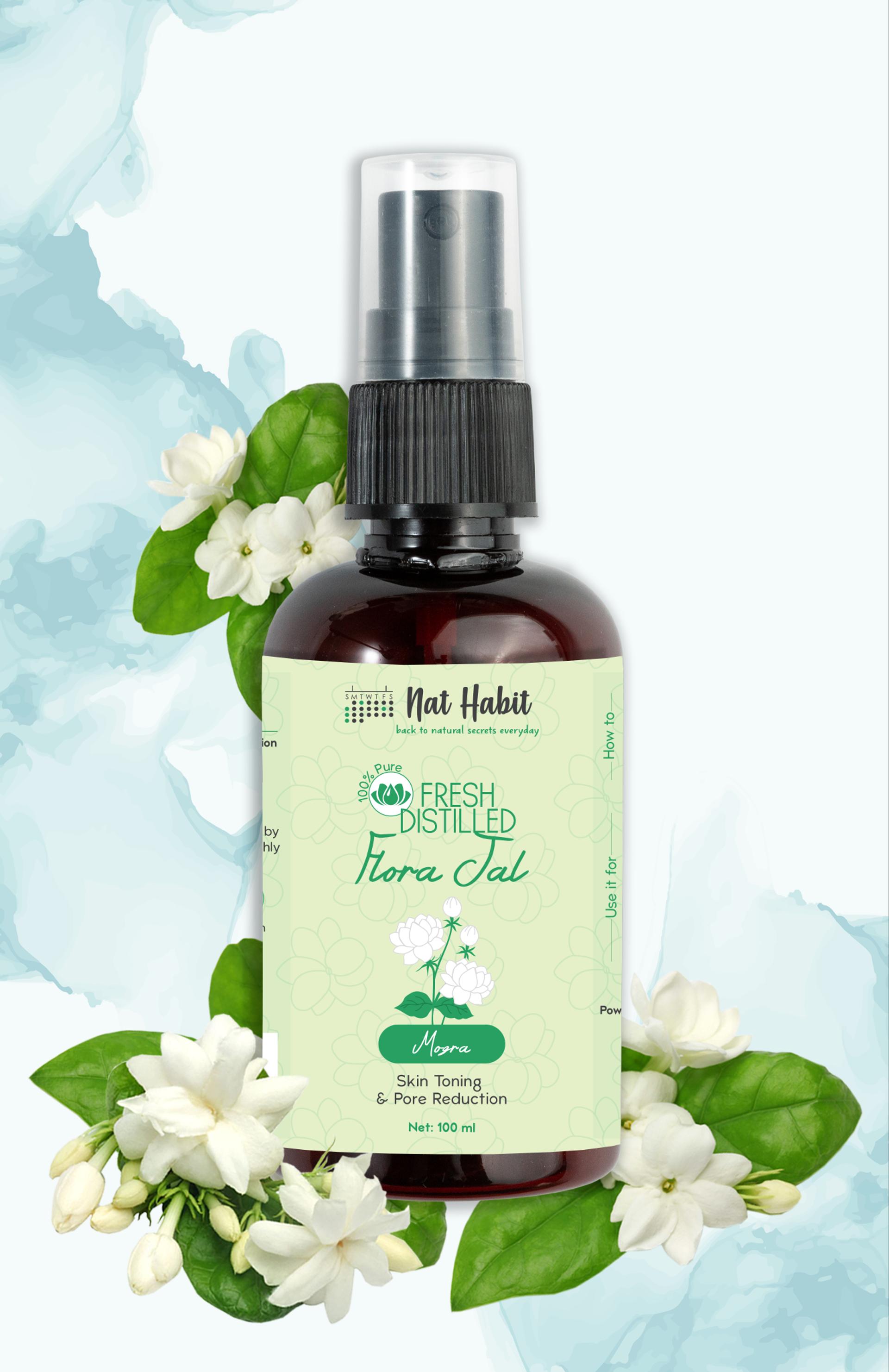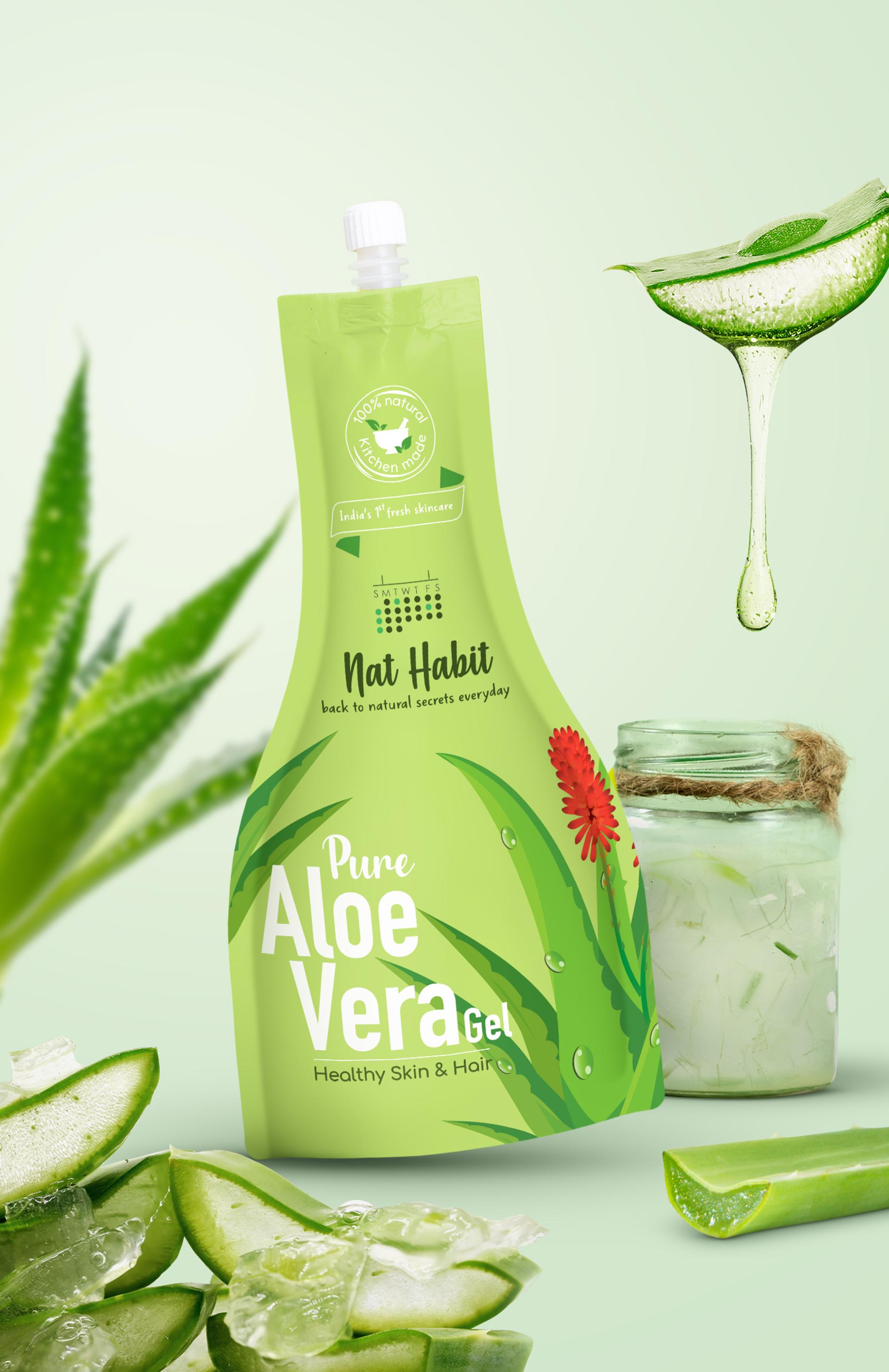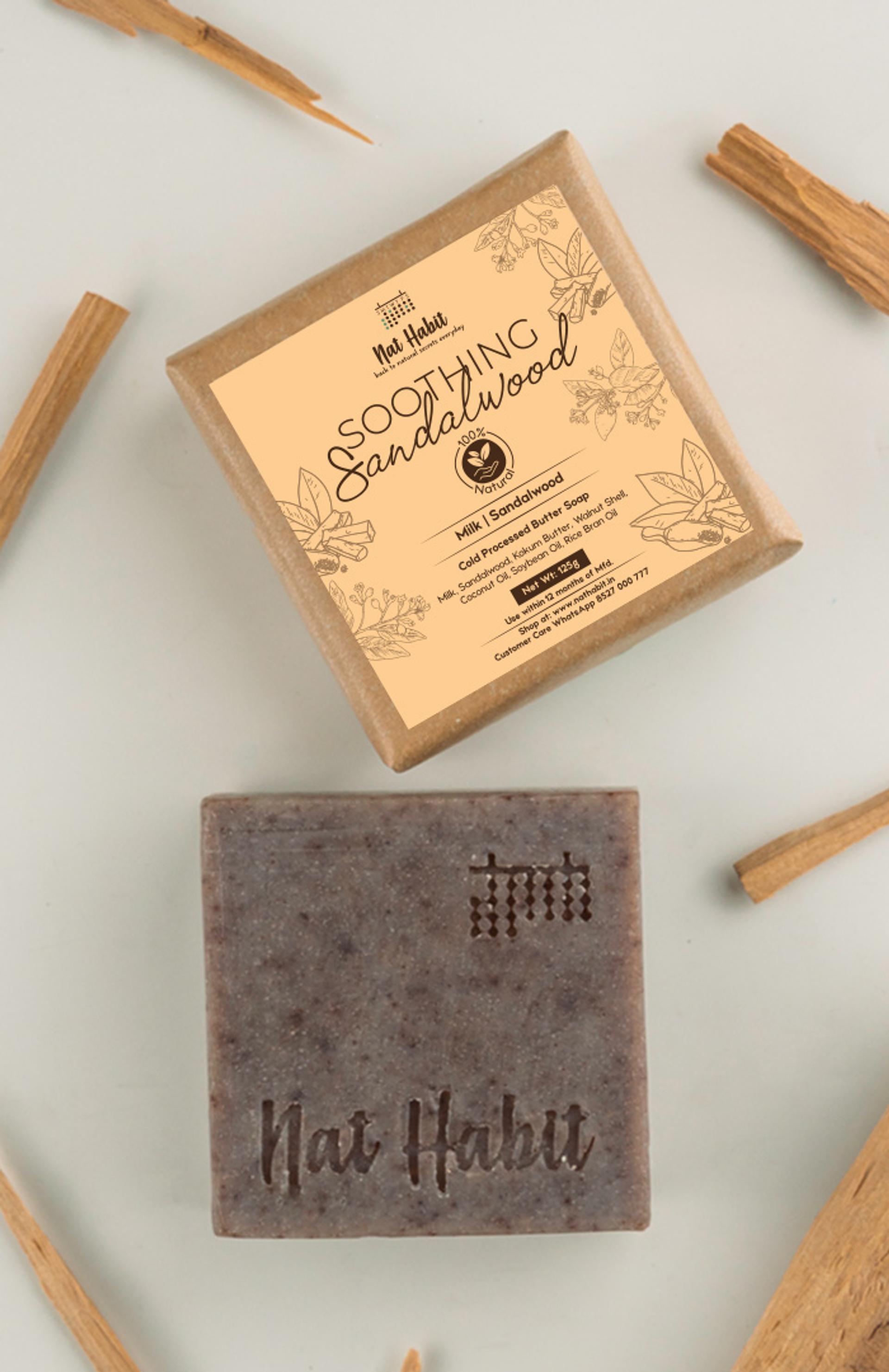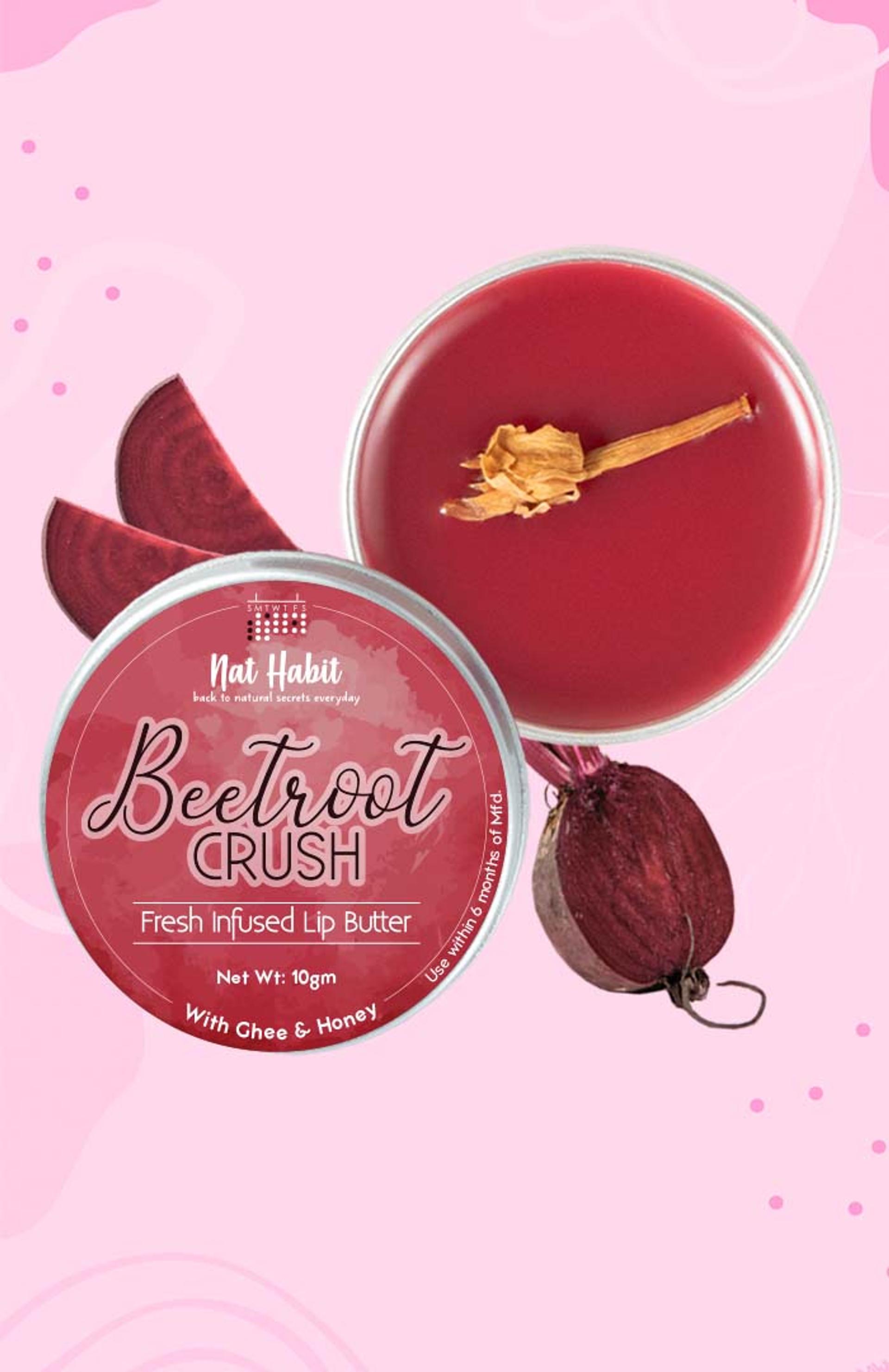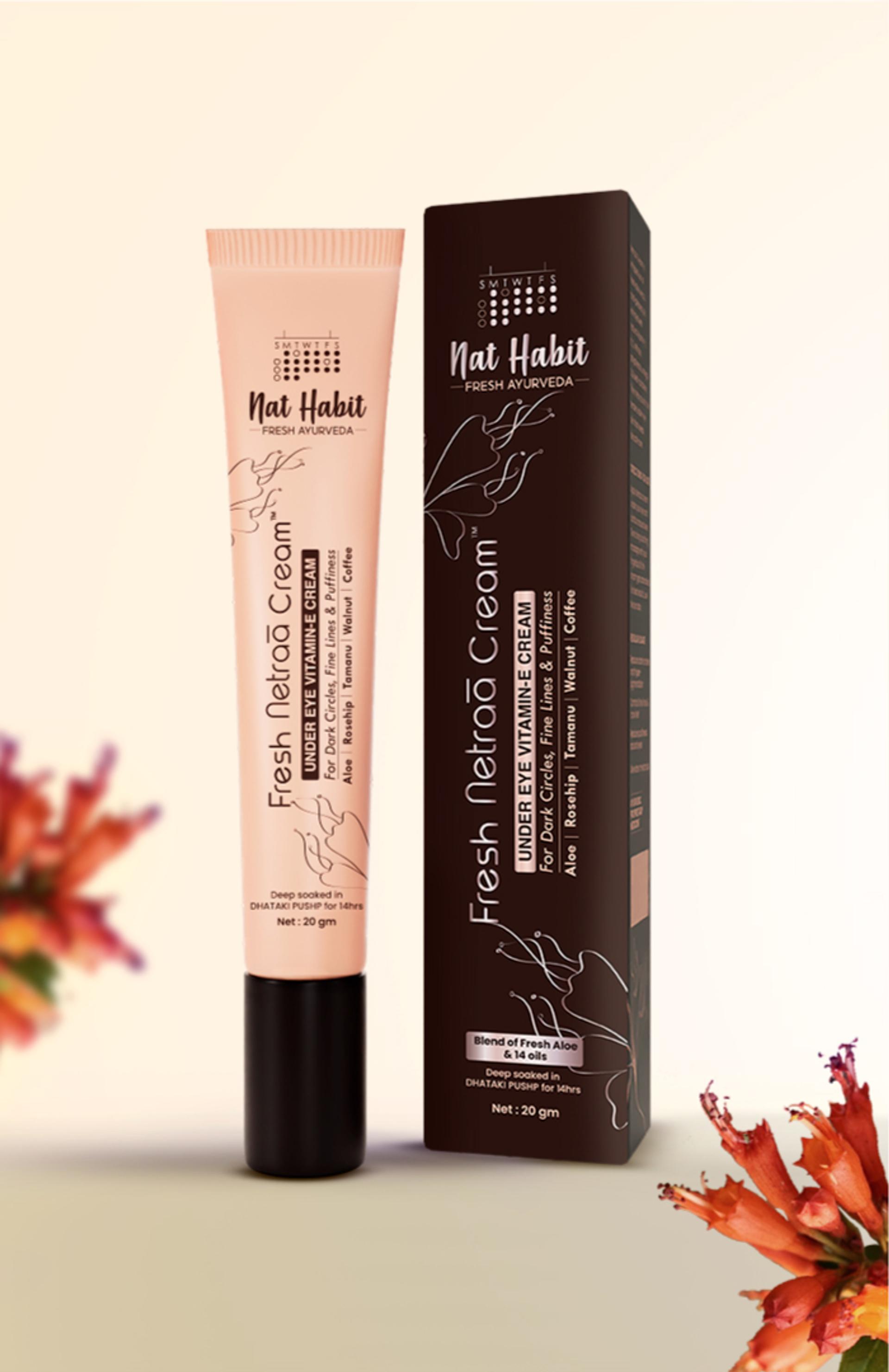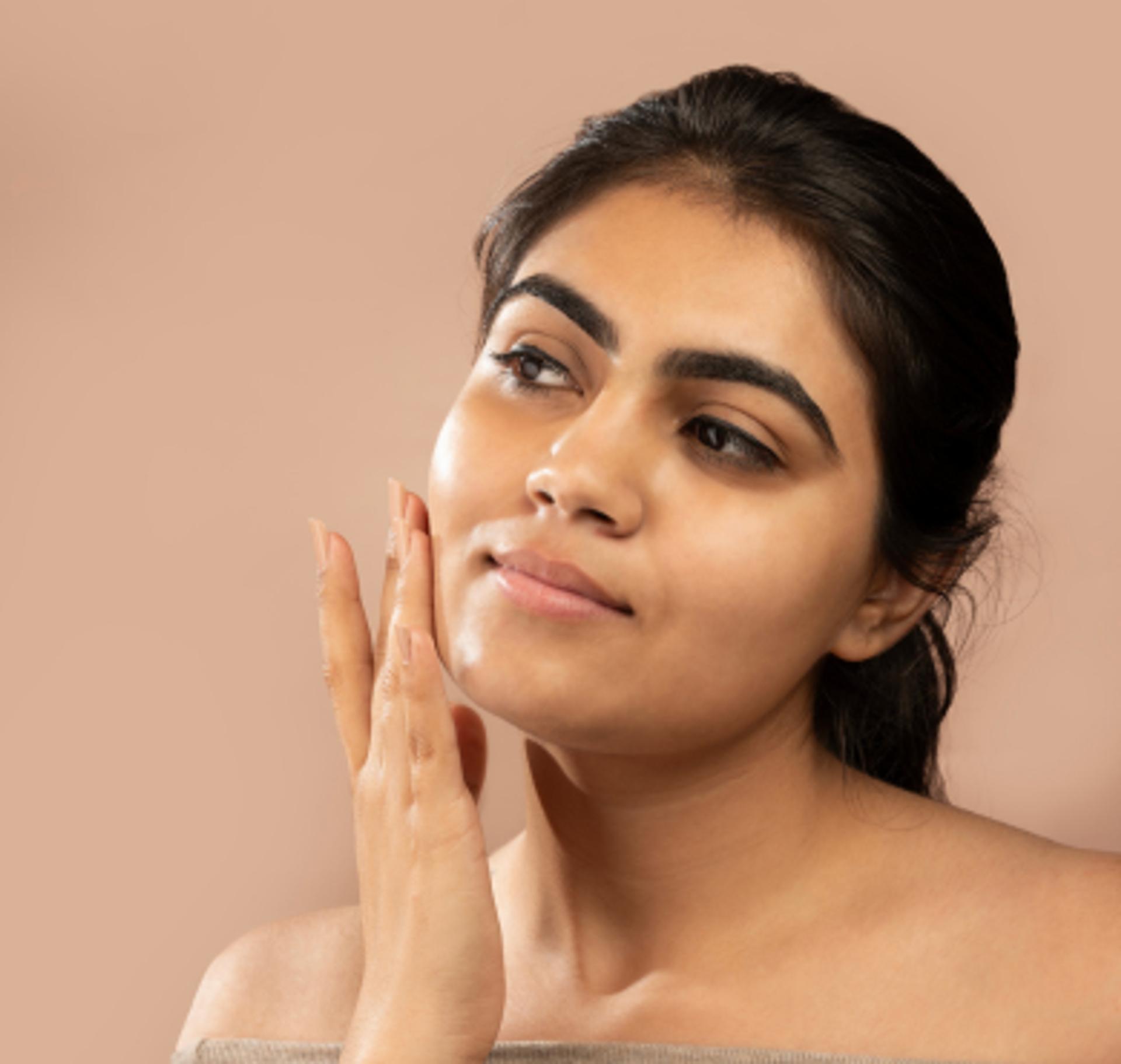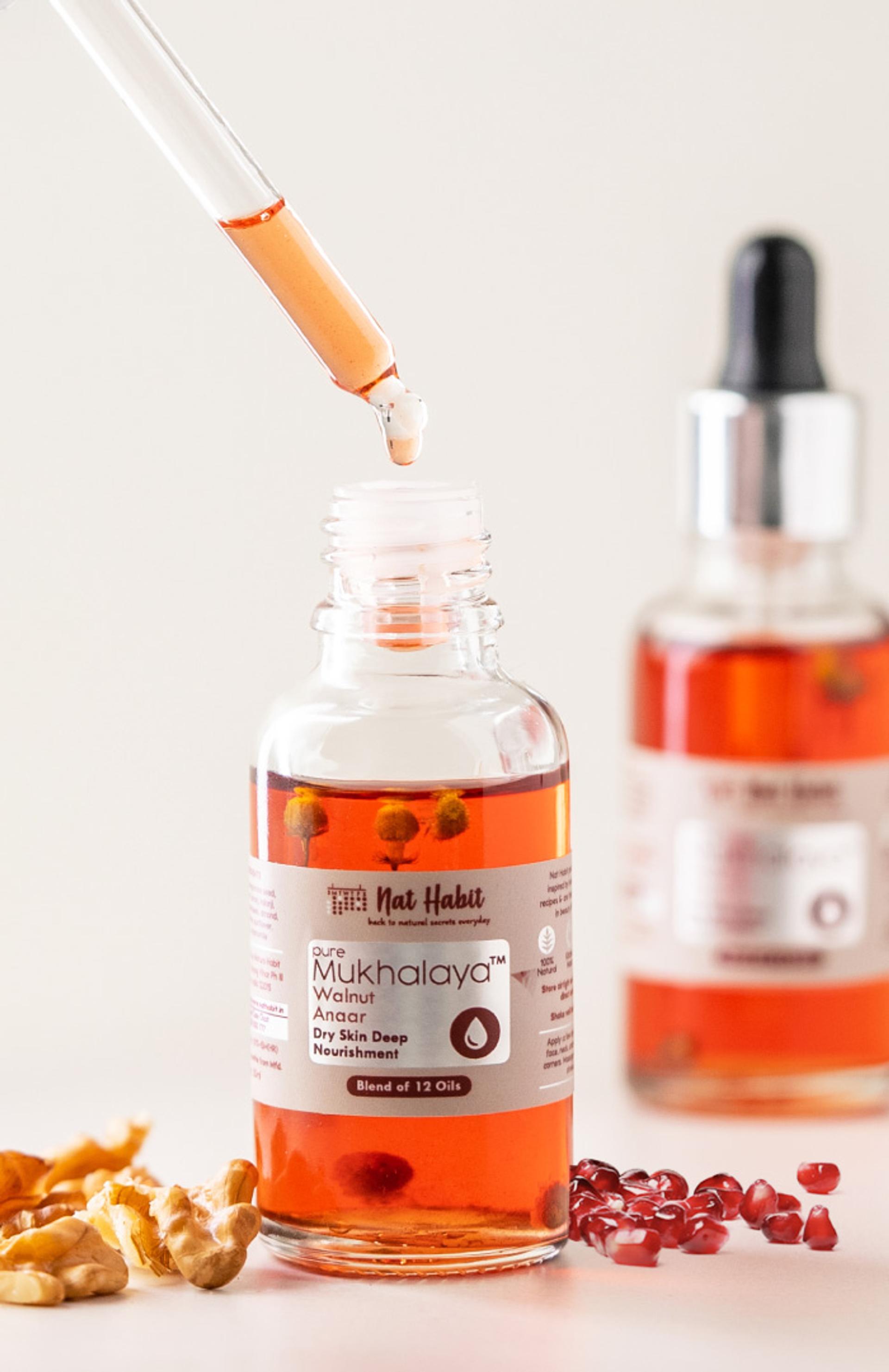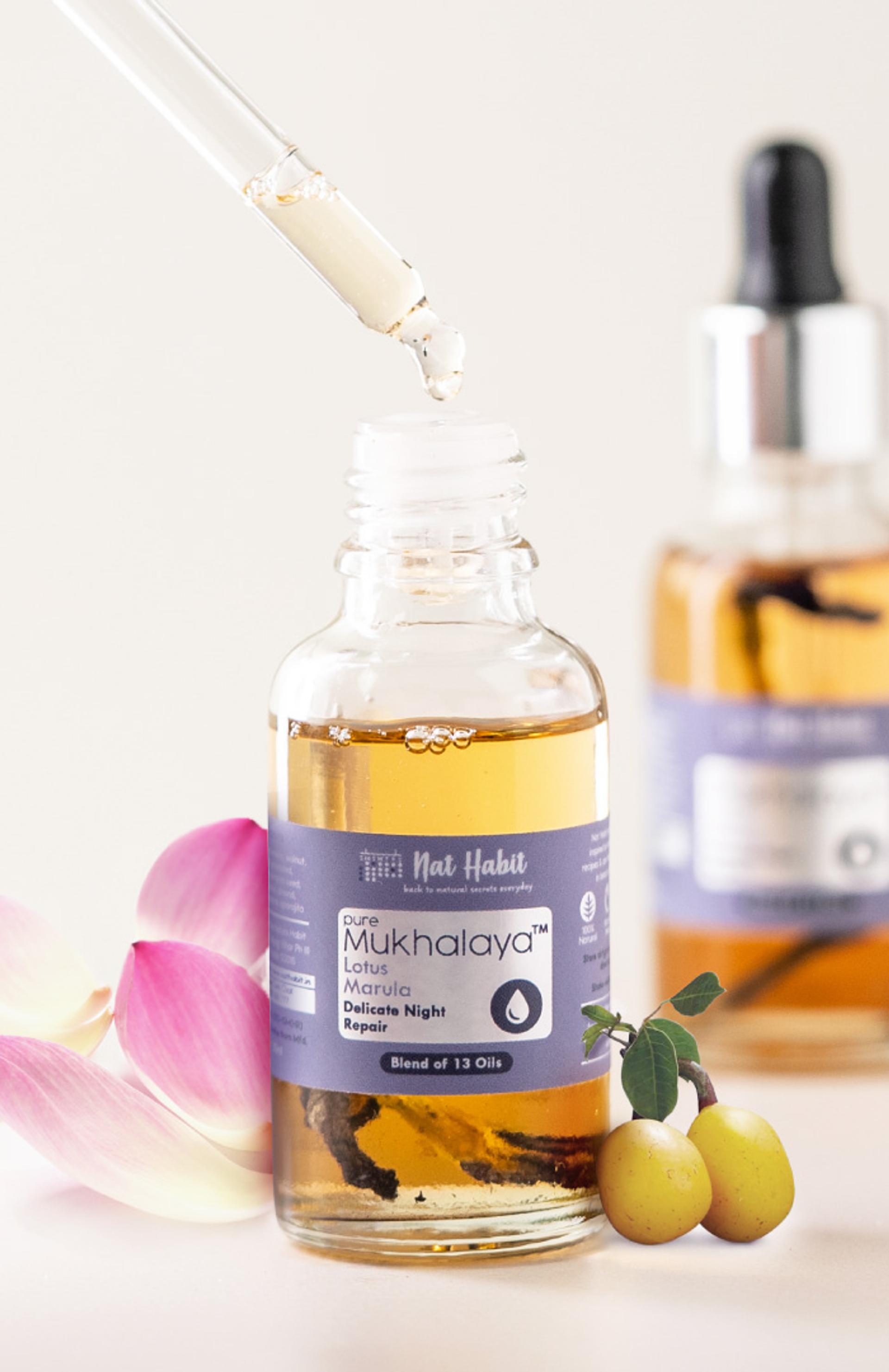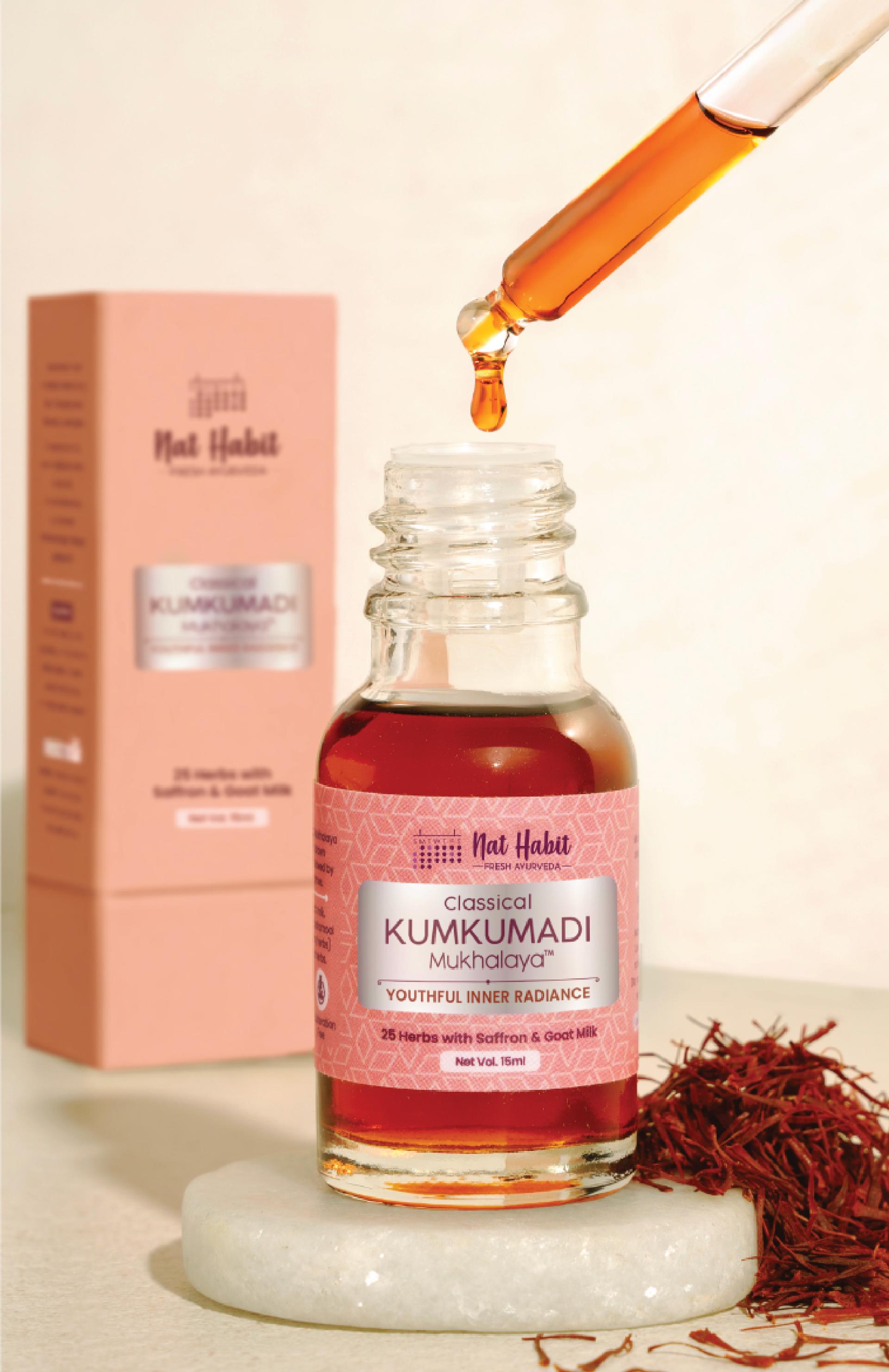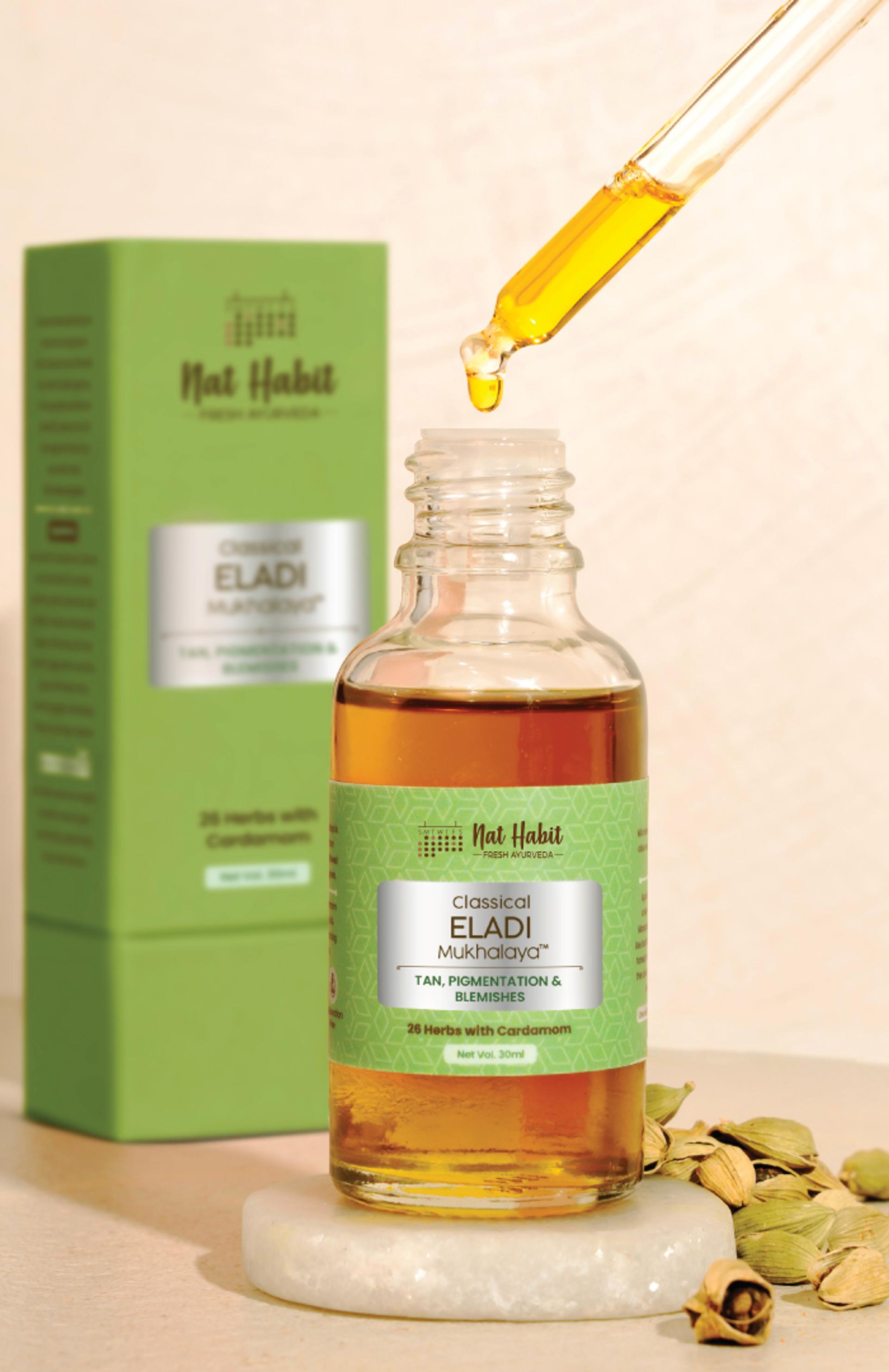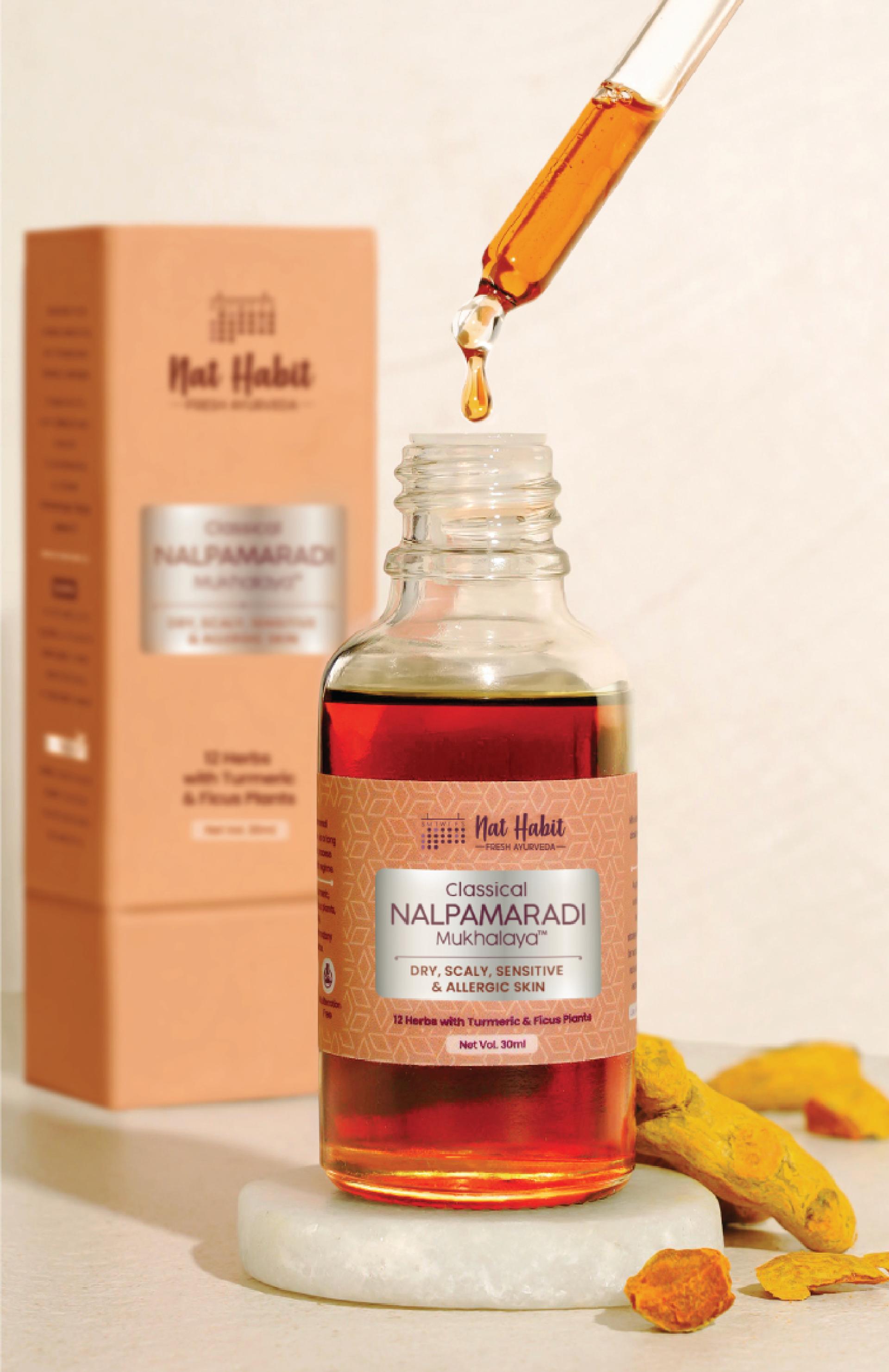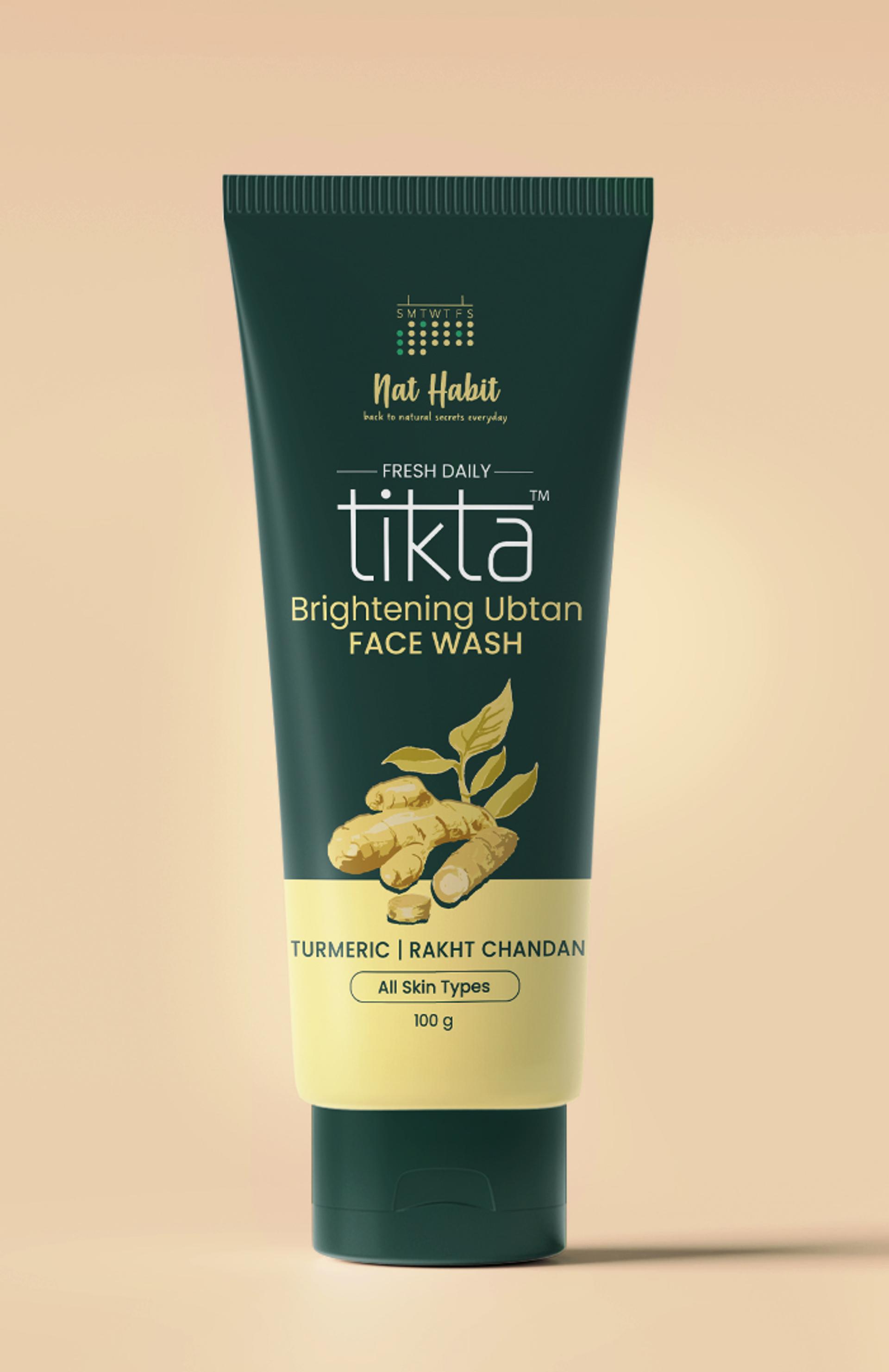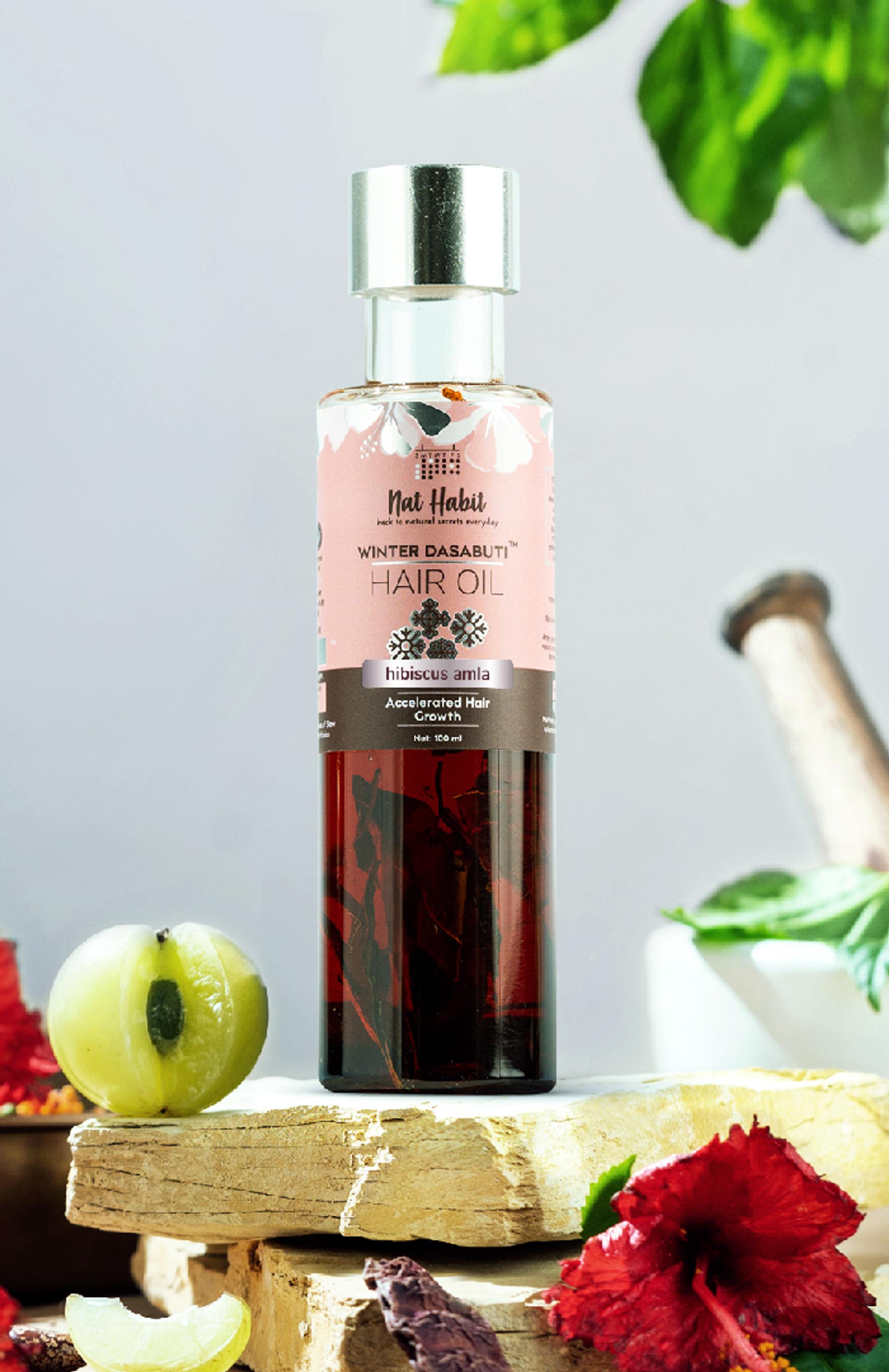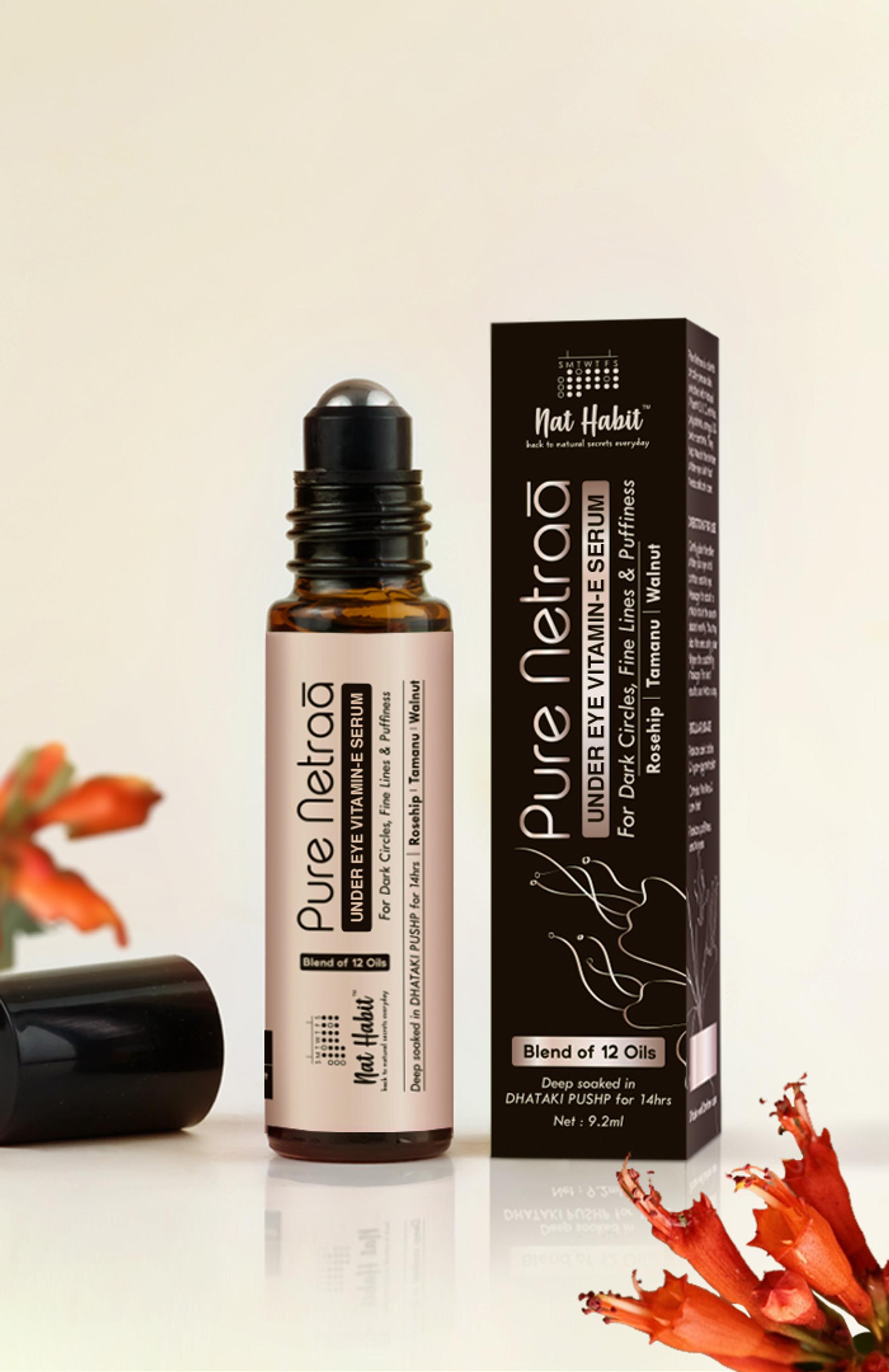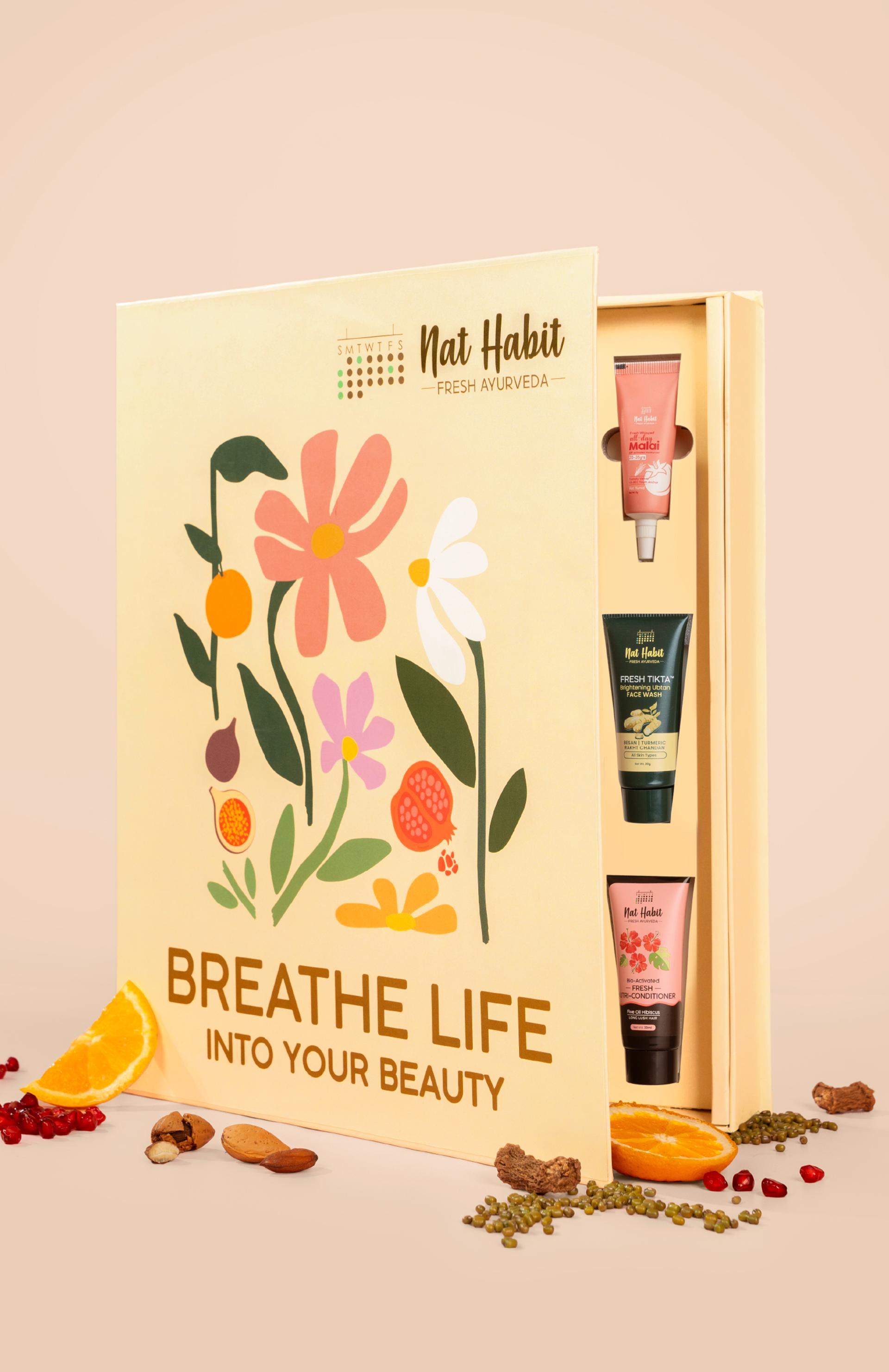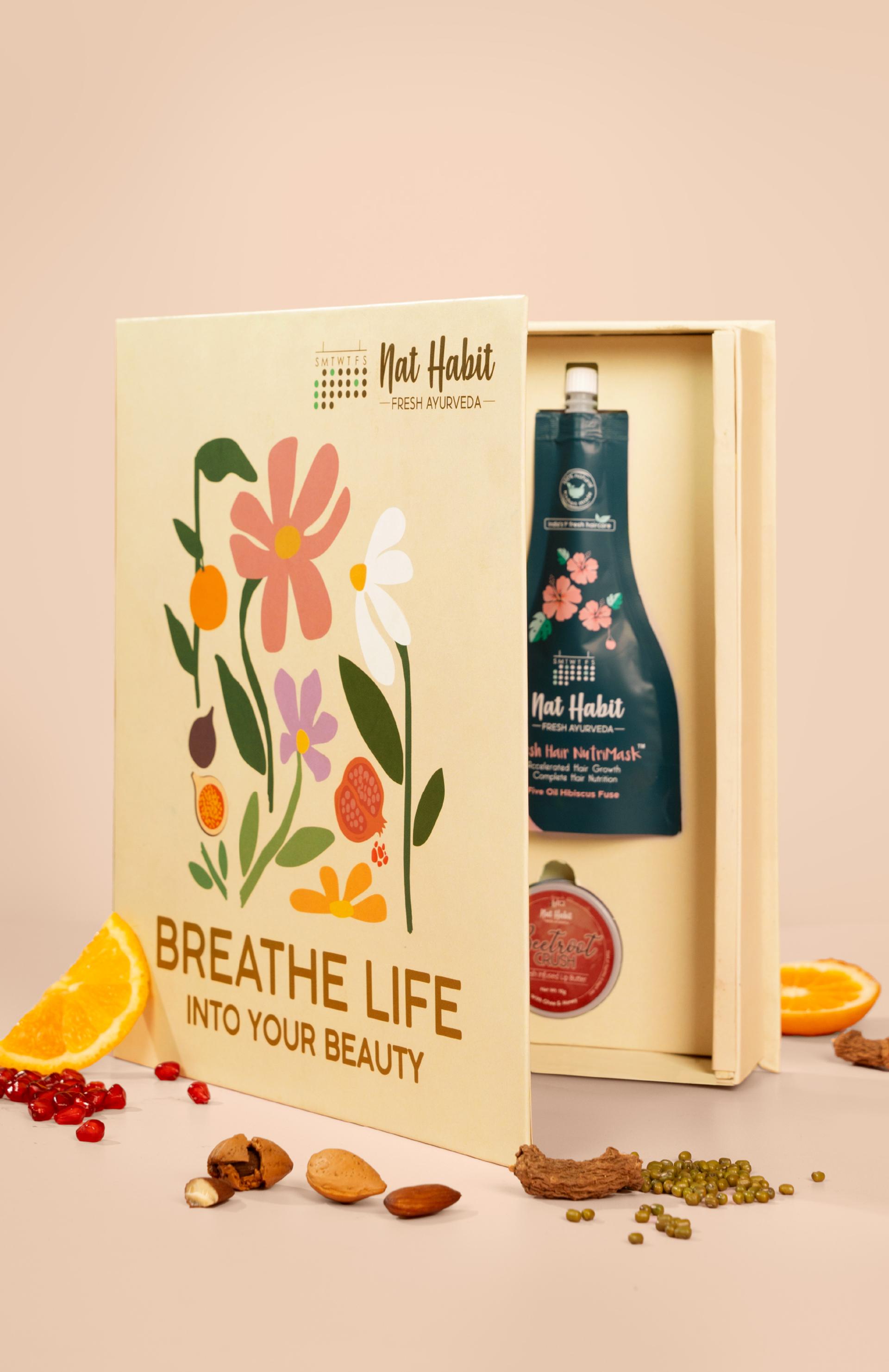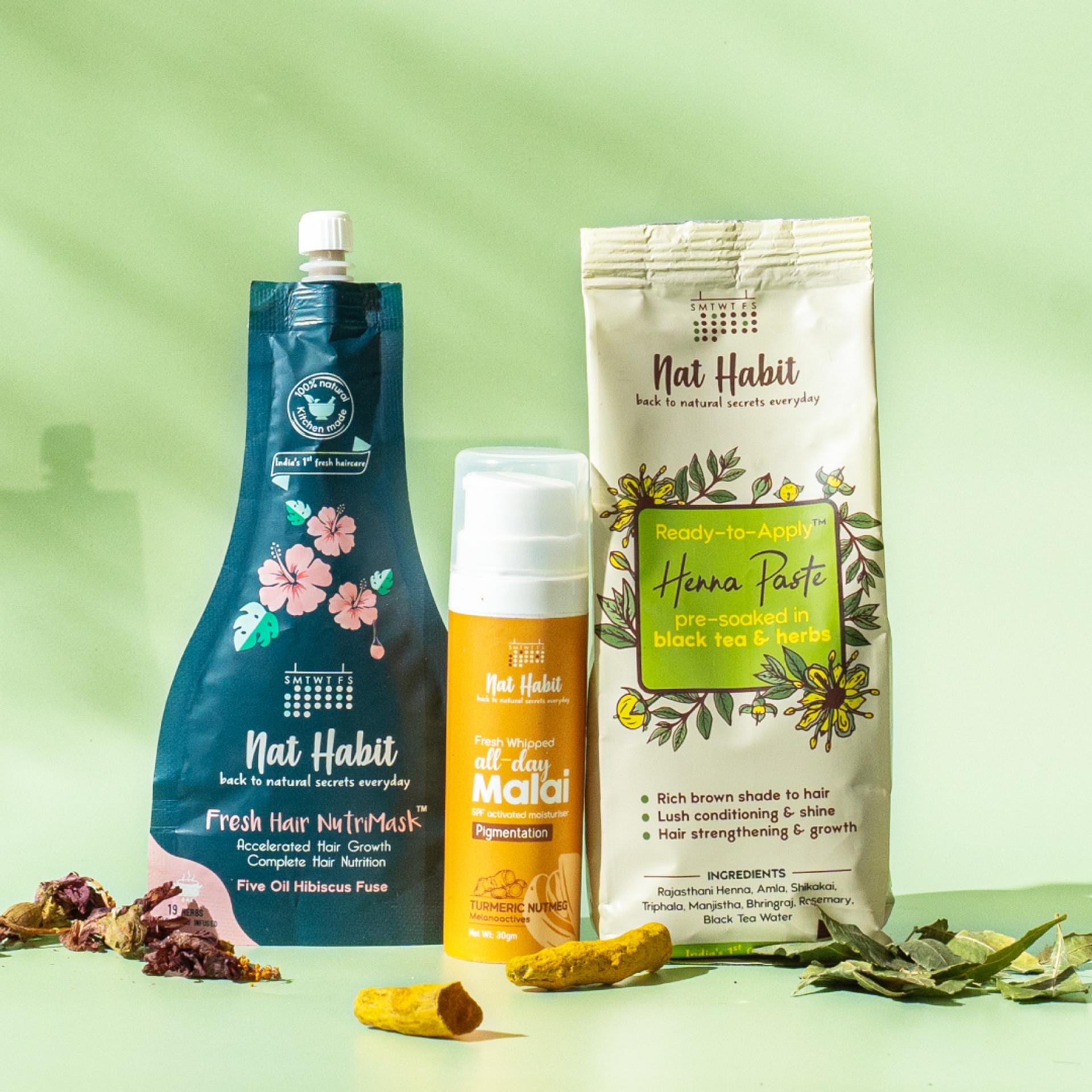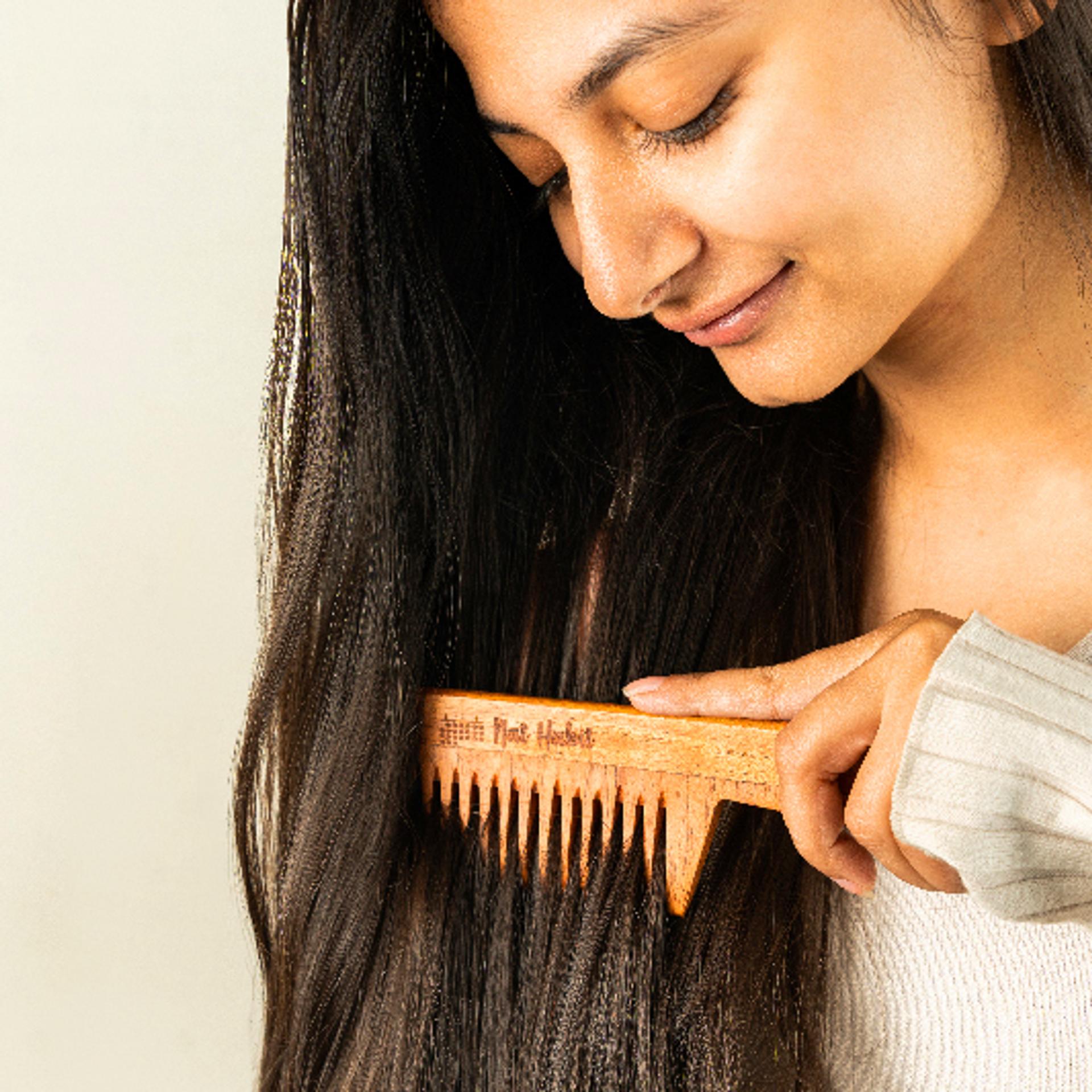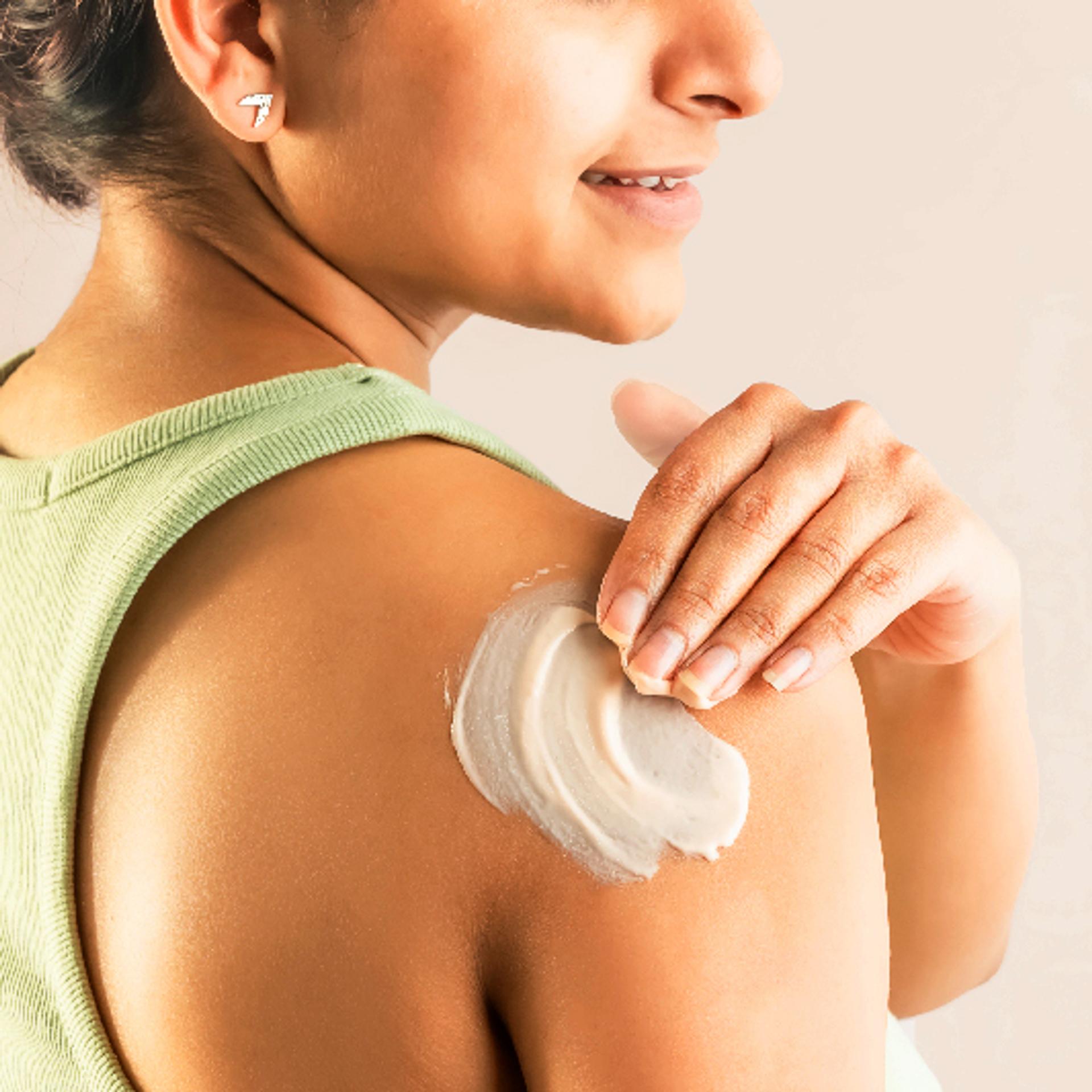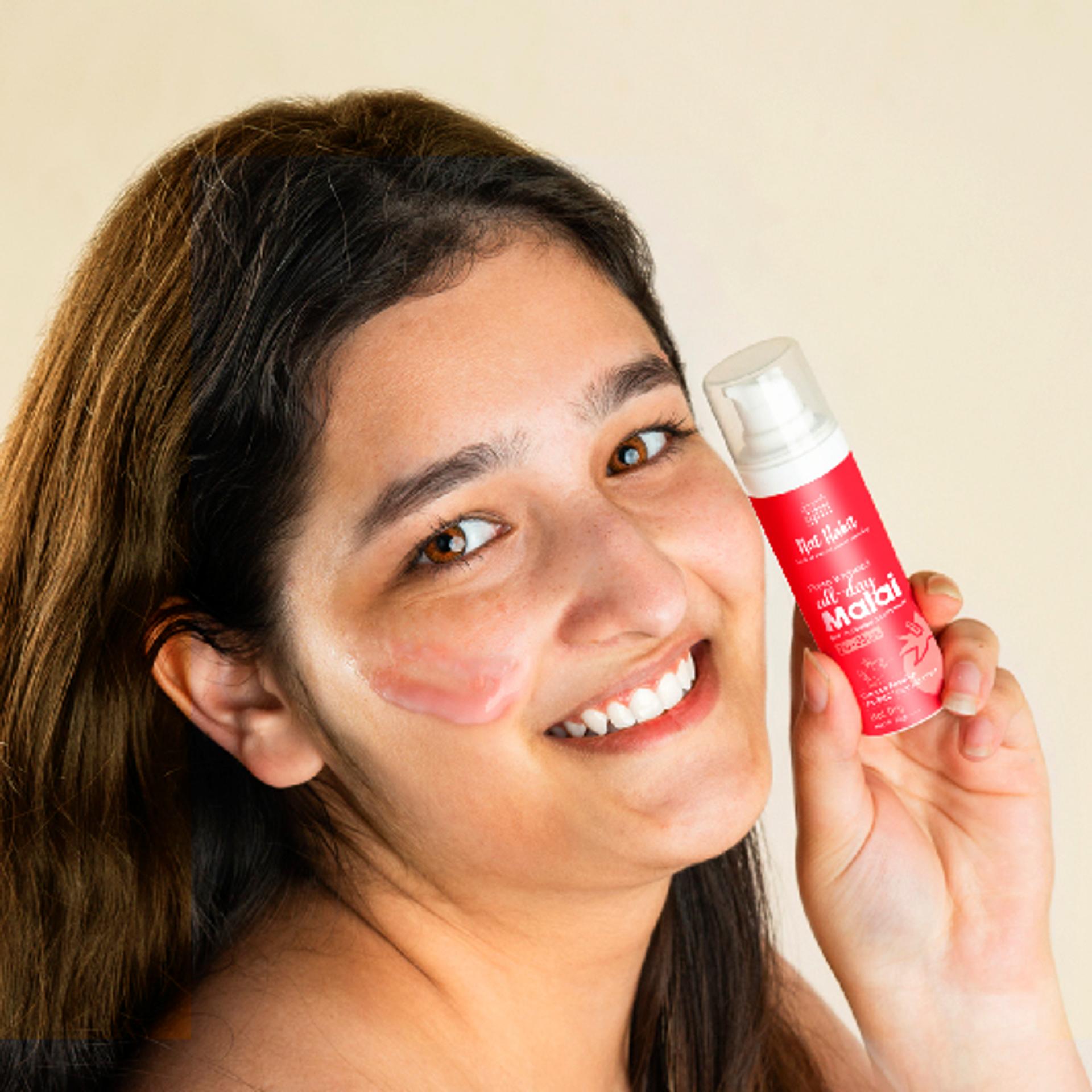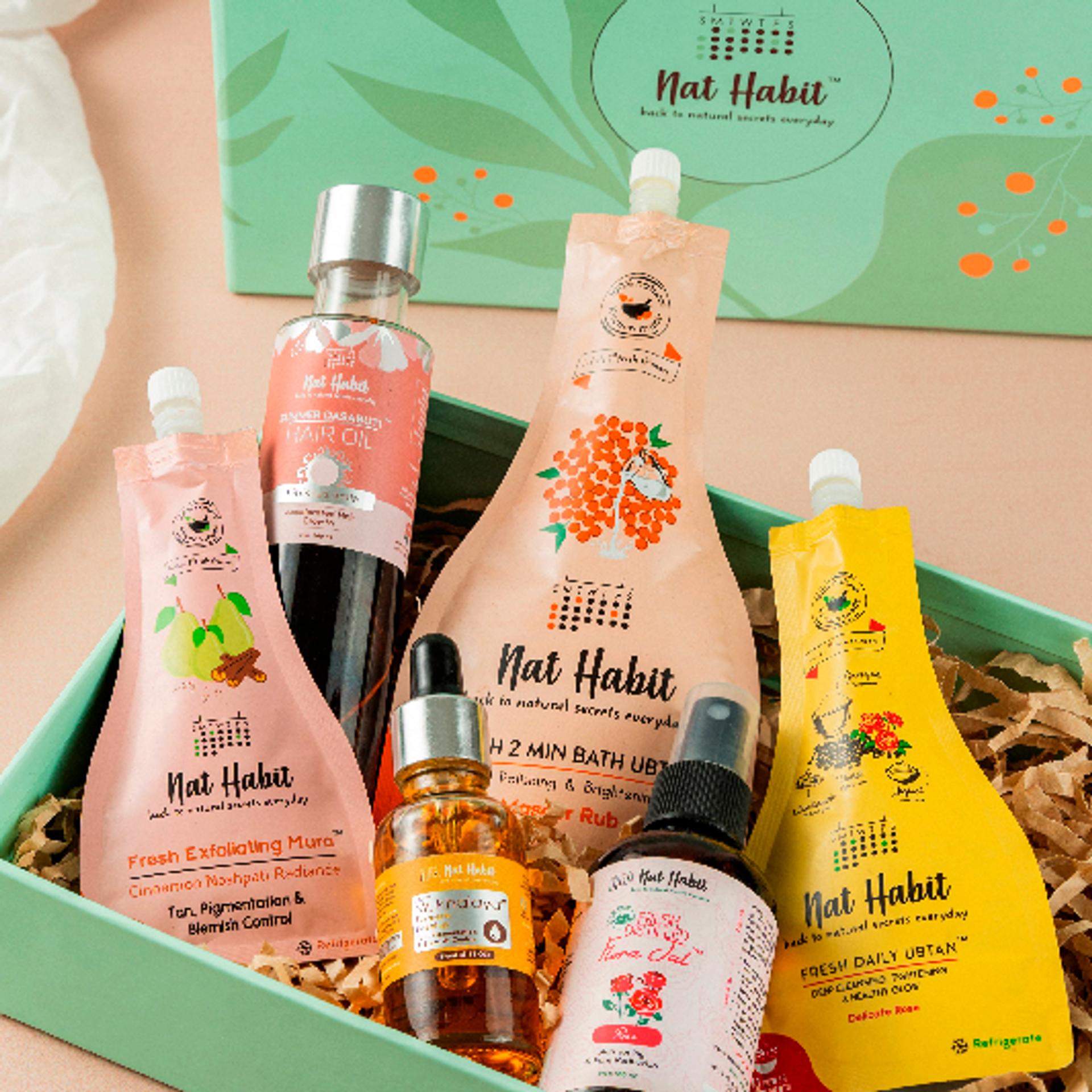4.7 (395)
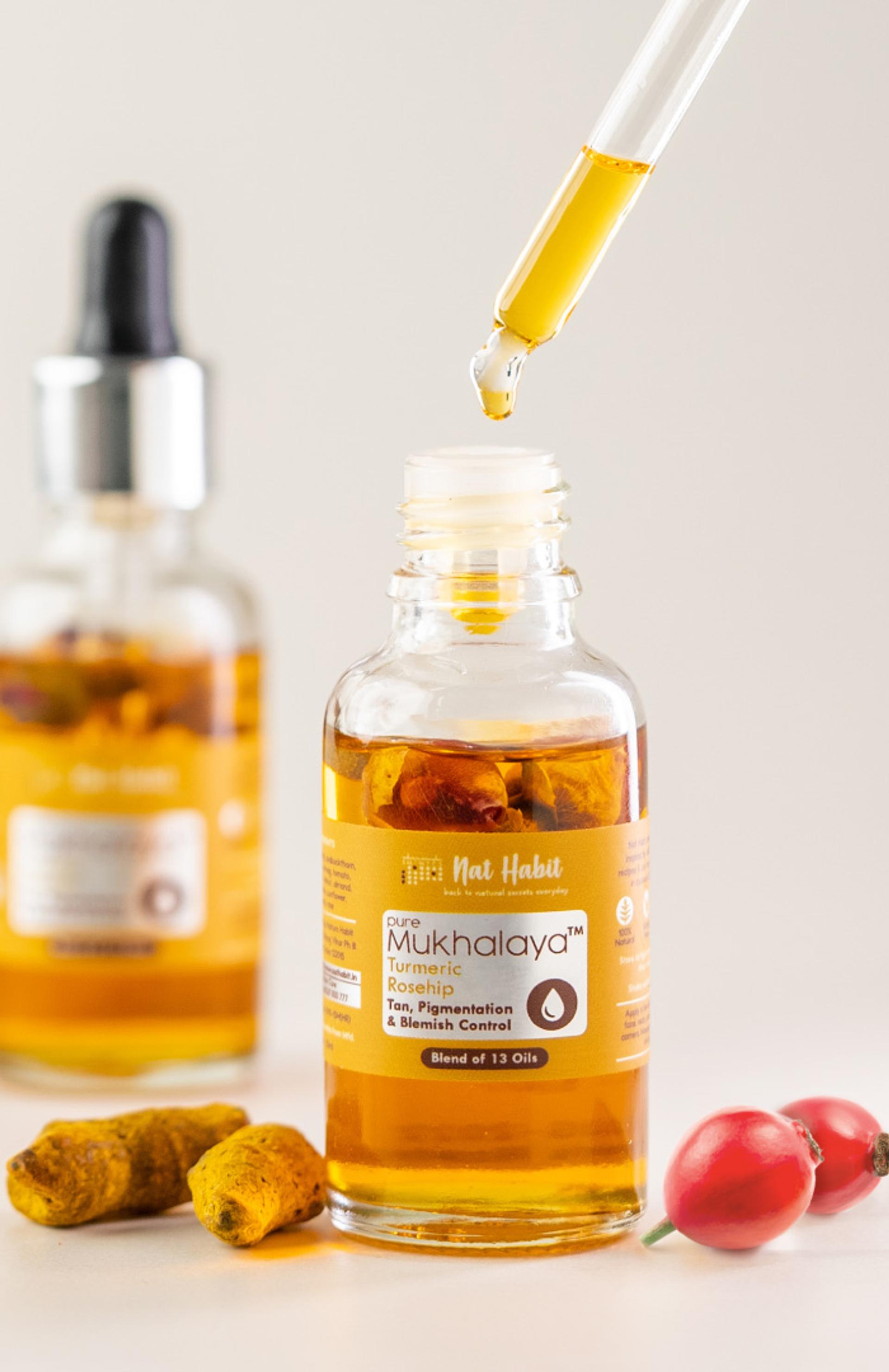
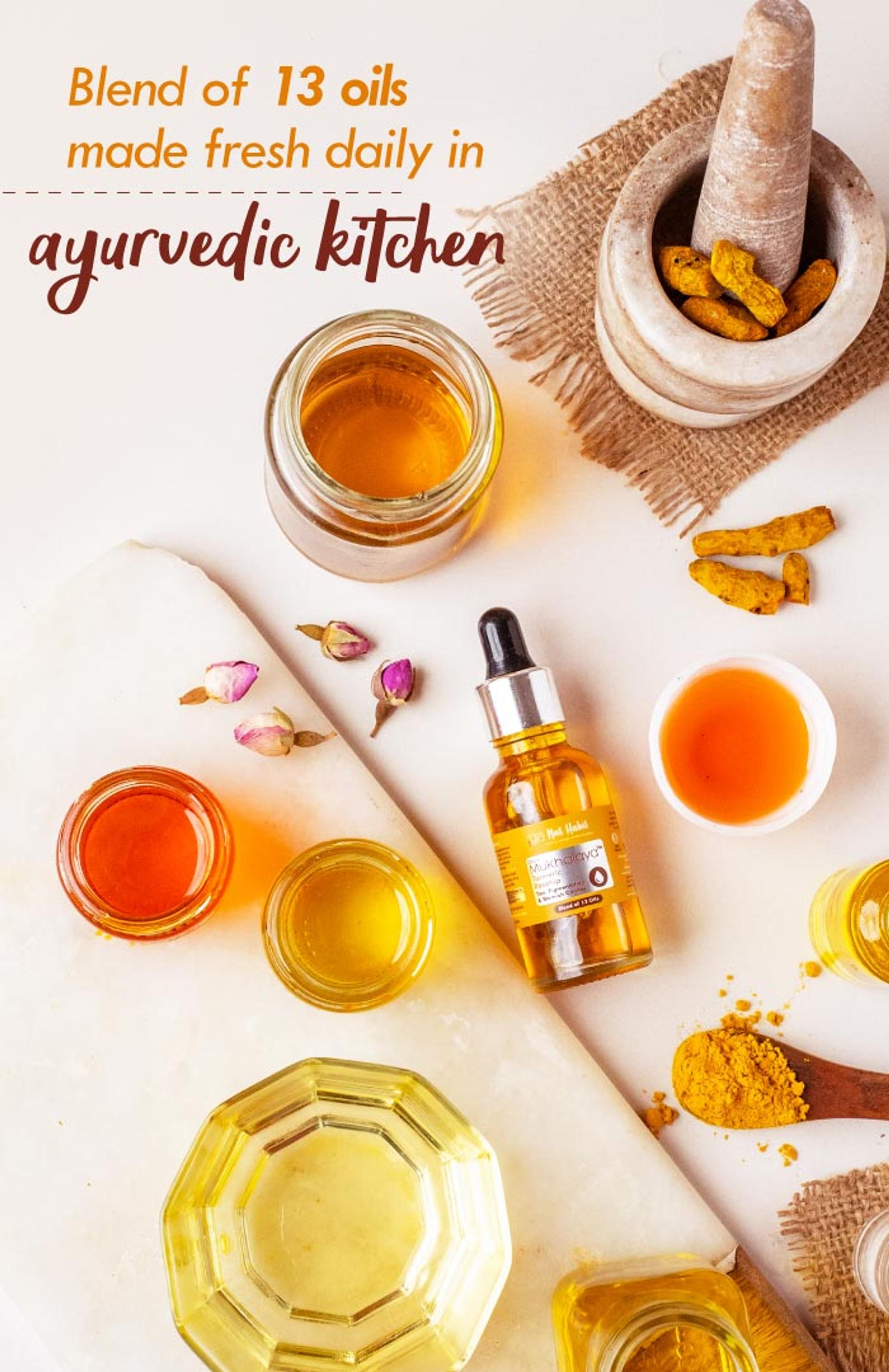
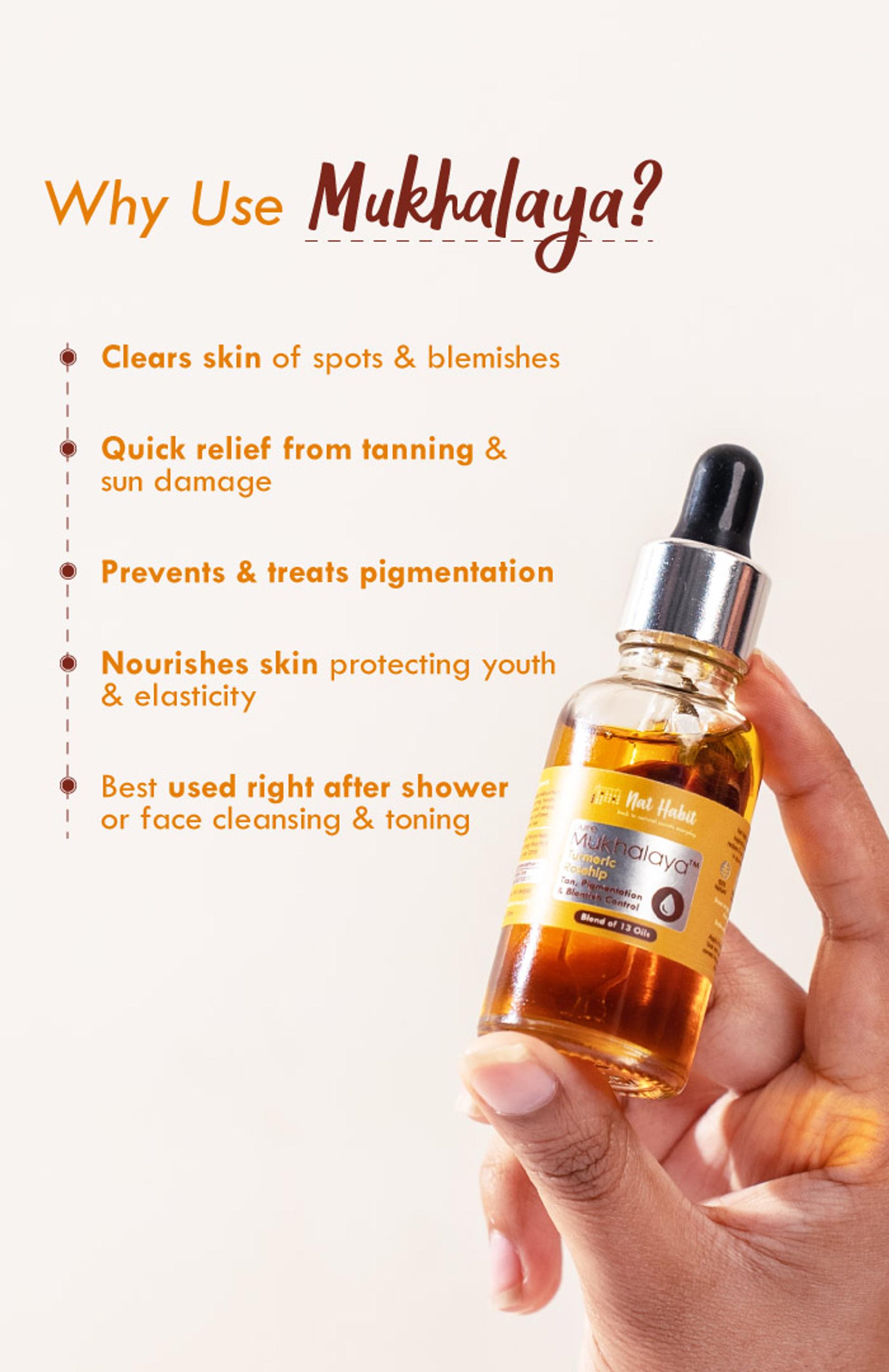
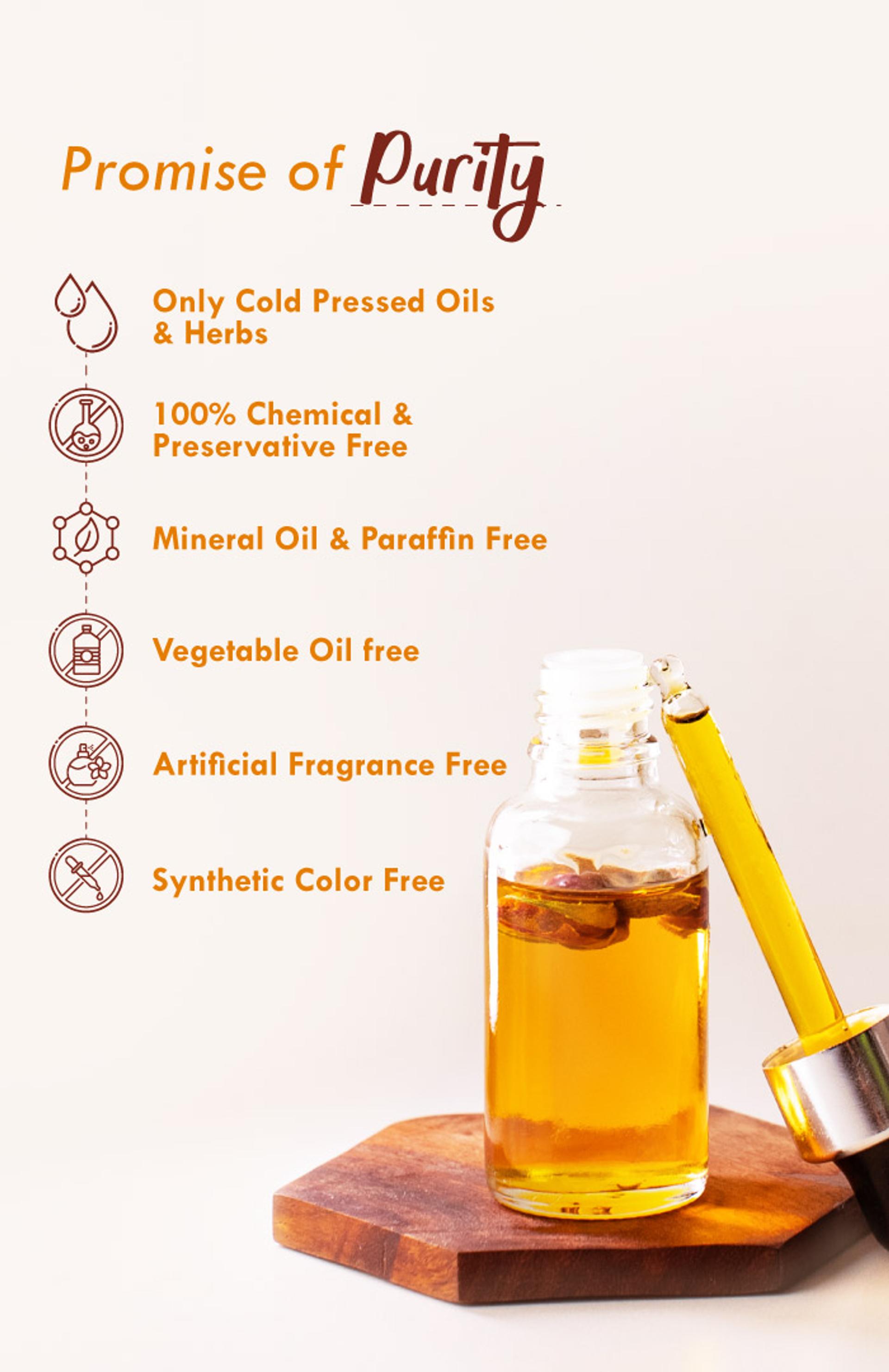
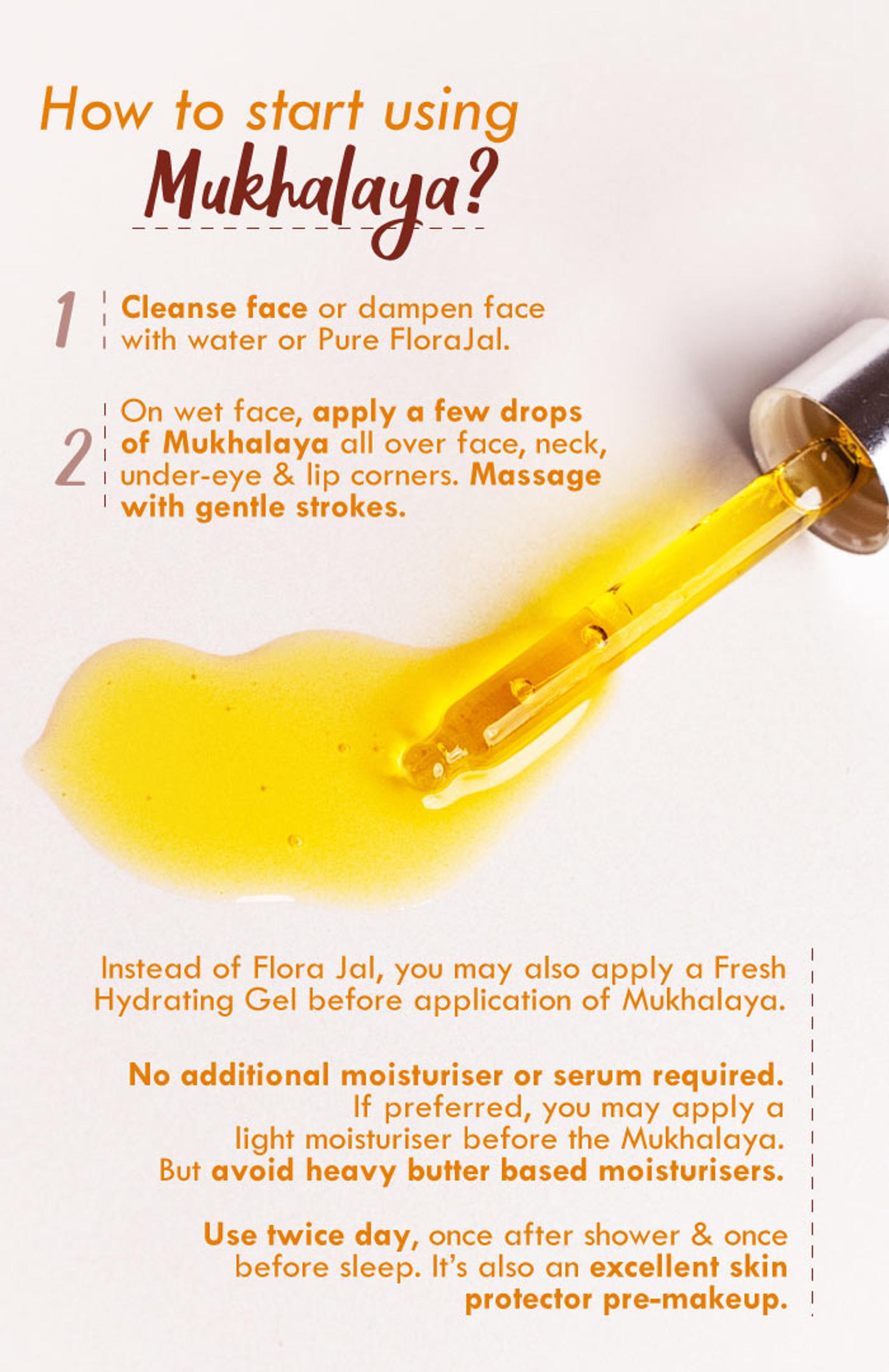
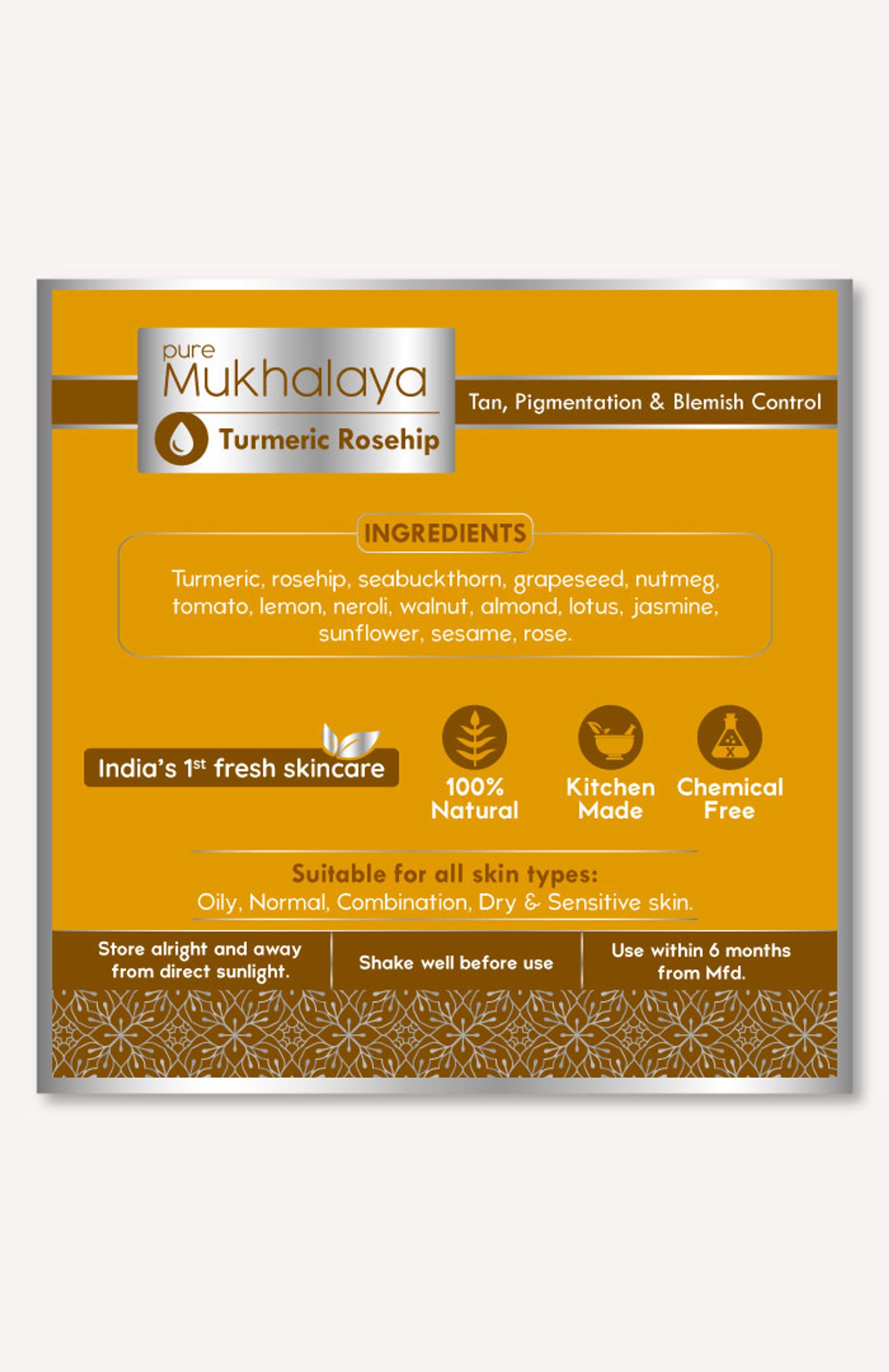
Pure Turmeric Rosehip Mukhalaya Face Oil
Tan, Pigmentation & Blemish Control
Delivery
Delhi, NCR, Bangalore
2-3 Days After Shipment
Pan India
4-5 Days After Shipment
Free shipping above ₹339
Cash on delivery available at ₹20 COD charges
Additional Information
MANUFACTURED AND MARKETED BY
NaturoHabit Private Limited GP-26, Sector 18, Gurugram, Haryana - 122015
COUNTRY OF ORIGIN
India
NODAL OFFICER DETAIL
Madhuri Pandey madhuri@nathabit.in




Curcumin Rosehip Active Glow

Click to Know More
Inhibits Melanin Overproduction & Evens Out Pigmentation
Rich in bioactive compounds like curcumin, lycopene, ascorbic acid (vitamin C), and beta-carotene, it inhibits tyrosinase, the key enzyme responsible for melanin synthesis. They help fade existing dark spots, sun-induced tanning, and post-inflammatory pigmentation. Grapeseed oil further enhances melanin regulation at the cellular level.
Repairs Sun Damage at the Cellular Level
Prolonged UV exposure causes oxidative stress, collagen breakdown, and abnormal melanocyte activity. It repairs lipid membranes, stimulates collagen production, and protects mitochondrial function in skin cells. This not only reverses the effects of UV-induced pigmentation but also strengthens the skin’s defense against future tanning and dark spots.
Promotes Cellular Turnover & Exfoliation to Clear Blemishes
Nutmeg, lemon, and tomato oils contain mild enzymatic exfoliants (like natural AHA precursors and fruit enzymes) to dissolve dead cells and speed up skin renewal, preventing pigment from settling deeply in the skin. It further diminishes acne scars, and prevents clogged pores that lead to blemishes, to reveal more even-toned, radiant skin.
Detoxifies Skin & Prevents Future Blemishes
Mukhalaya possesses antibacterial, antifungal, and anti-inflammatory properties that help purify skin, control microbial imbalance, and soothe inflammation, key contributors to blemishes and acne marks. Further detoxifying carriers, balances sebum, clears congested pores, and supports the skin’s natural detox pathways.
Brightens & Restores Even Skin Tone
It smooths texture, evens tone, and deeply hydrates the derma for brighter, more uniform, and glowing skin.
Prevents Recurrence with Long-Term Skin Resilience
By reducing inflammation, oxidative stress, and tyrosinase activity, and reinforcing barrier health, this Mukhalaya prevent re-pigmentation, post-acne scarring, and uneven skin tone recurrence. Regular use trains the skin to stay even, resilient, and less reactive to environmental triggers.
Key Benefits with Regular Usage

Clears skin of spots & blemishes
Quick relief from tanning & sun damage
Prevents & treats pigmentation
Nourishes skin protecting youth & elasticity
Active Ingredients
Fresh & whole picks
Full Ingredient List: turmeric, rosehip, seabuckthorn, grapeseed, nutmeg, tomato, lemon, neroli, walnut, almond, lotus, jasmine, sunflower, sesame, rose.
Made Daily in Our Ayurvedic Kitchen
Why Your Skin Cells Will Love It
Elixir of Radiant Youth!
✓
An active source of deep, enhanced nutrition for every cell, tissue & layer.
✓
Reverses UV, blue light, pollution, oxidation & various other every day damages, regularly.
✓
Promotes even-tone, smooth texture with ultra-suppleness.
✓
Locks in youth with regular damage prevention, maintained dermal architecture & skin protein boost.
✓
Brings in glow in every layer by reducing melanin, enhancing turnover & providing plumpness.
✓
Makes skin so silky and baby-soft, you can’t stop touching.

Not Every Face Oil is Potent
Mukhalaya
Others
Ingredients
Pure, Cold-pressed, High-grade Oils
Usually a blend of mineral oils & extracts
Formulation
Crafted for specific concerns & Indian skin type
Mostly a blend of trending oils
Purity
100% Pure
High-grade checks to ensure no adulteration
Adulterated with cheaper, easy available oils
Smell
Light aroma of base oils
Strong smell of fragrances
Nutrition
Preserved
High-quality ingredients & processing
Mostly lost
Low-grade, heat processed oils
Penetration
Deeper with light base oils
Mostly comedogenic, heavy oils. Hence, causing breakouts
Usage & Suitability
Caution
Suitable for
Seasonality
For all seasons. In summer & humid conditions, use less quantity of Mukhalaya & more Flora Jal or water, during application.
Skin Types
For all: Oily, normal, combination, dry & sensitive skin.
Additional Moisturisation
No additional moisturiser or serum required. If preferred, you may apply a light moisturiser before the Mukhalaya. But avoid heavy butter based moisturisers.
Skin Sensitivity
A few skin types may feel a little tingling or burning sensation; it’s just your skin getting used to the nutmeg that clears skin. After a few uses, you'll not experience the sensation.
Pregnancy
Safe to use
Why make Mukhalaya Oiling a Habit
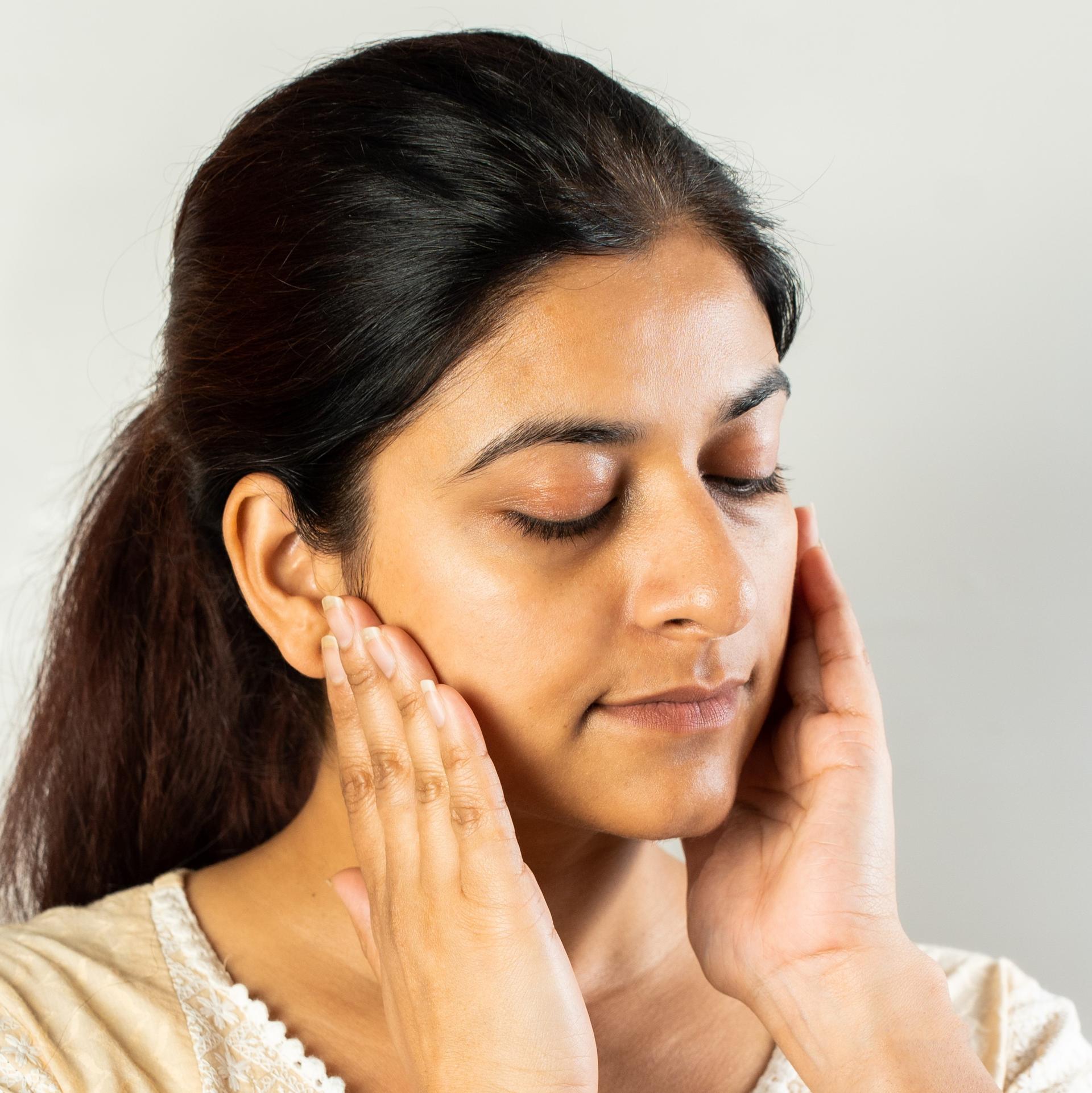
Click to Know More
Rebuilds the Skin Barrier & Seals in Moisture
Face oiling strengthens the skin’s natural barrier with fatty acids like linoleic and oleic acid, helping prevent water loss and shield against damage. In Ayurveda, this nourishing action—Snigdhata—soothes dryness (Vata dosha) and supports Rasadhatu (plasma), keeping skin soft and resilient.
Enhances Microcirculation & Detox Pathways
Oiling with massage enhances blood flow and lymphatic drainage, delivering nutrients and flushing toxins. Ayurveda sees this as opening Srotas (channels) and moving Prana (life energy), resulting in brighter, clearer, more energized skin.
Deeply Nourishes & Promotes Cellular Repair
Plant oils carry vitamins and antioxidants that fuel cell renewal, repair damage, and support collagen. In Ayurveda, this is Rasayana therapy—nourishing from within (Dhatu Pushti) for lasting vitality and youthful skin.
Calms Inflammation & Soothes Sensitive Skin
Oils rich in anti-inflammatory compounds (like rosehip and turmeric) calm reactive skin. Ayurveda uses cooling oils to balance Pitta (heat and inflammation), easing redness, acne, and irritation.
Prevents Premature Aging & Boosts Skin Resilience
Facial oils fight free radicals, maintain hydration, and protect collagen—slowing signs of aging. Ayurveda uses oiling (Snehan) to counter Vata-driven aging and preserve Ojas (vital energy), promoting firmer, stronger skin.
Restores Natural Radiance & Harmonizes Internal Balance
Face oils smooth skin, improve hydration, and enhance natural light reflection. Ayurveda calls this Kanti or Tejas—a glow that comes from balanced doshas and well-nourished skin, inside and out.
Promise of Purity
Purity Check!
✓
Only cold pressed oils & herbs used
✓
100% chemical and preservative free
✓
Vegetable oil free
✓
Artificial fragrance free
✓
Synthetic colour free
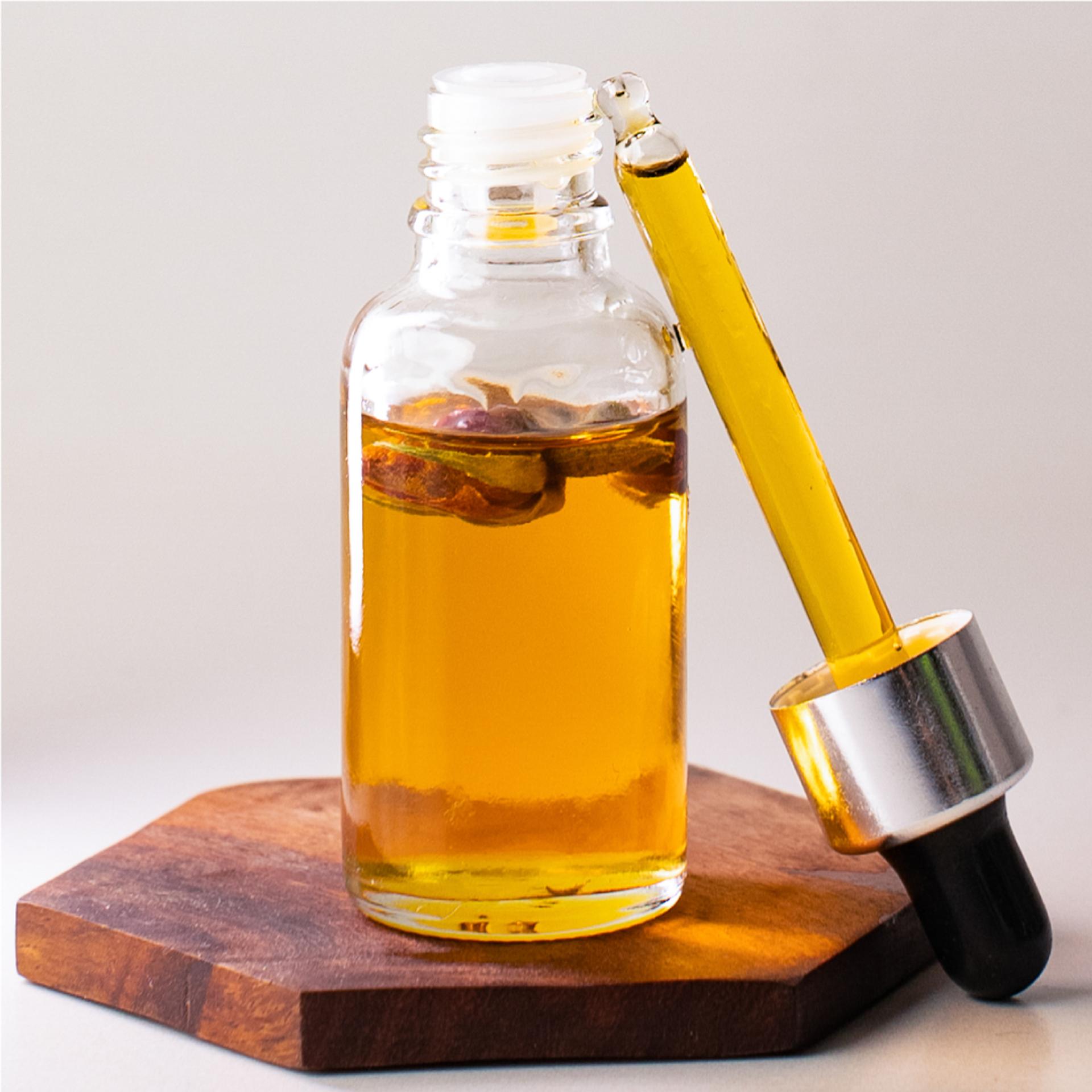
Unmissable Moments for These Drops
More Information
Storage & Expiry
Storage
Store airtight away from direct sunlight.
Net Quantity
30 ml
Expiry
Use within 6 months of Mfg. Date.
Pre-Oiling Hydration
Unreeling Some Nat Stories
Hear it from the Nat Lovers
The Science Behind Pigmentation
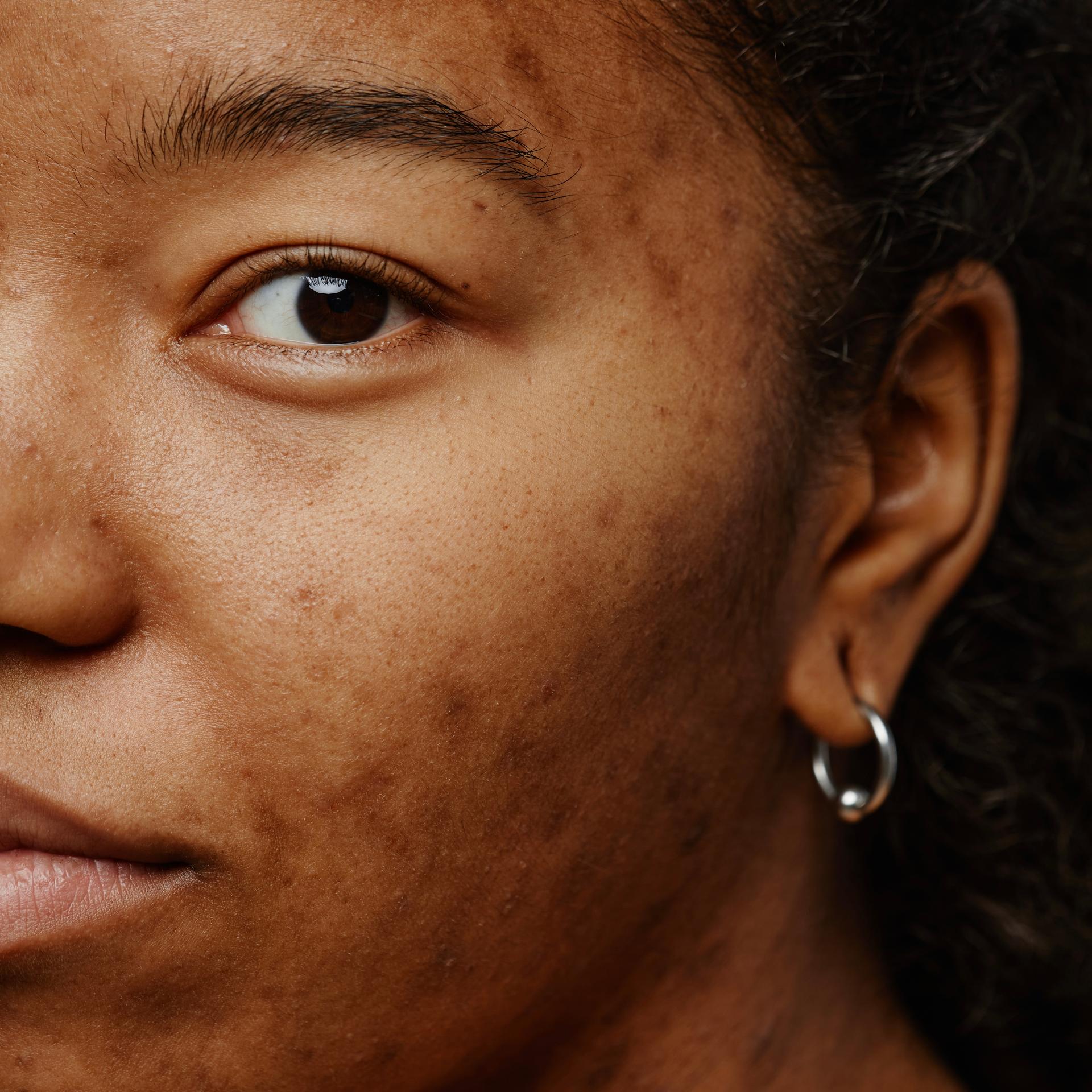
Click to Know More
UV-Induced Melanogenesis – How Tan and Pigmentation Begin
Tanning is the skin’s protective response to UV radiation. When UVB rays penetrate the skin, keratinocytes release alpha-MSH (melanocyte-stimulating hormone), which binds to receptors on melanocytes, stimulating the production of melanin—the pigment responsible for color. This melanin is transferred to nearby skin cells as an umbrella to shield DNA from UV damage. While this defense mechanism is natural, overexposure causes overproduction and uneven distribution, leading to persistent pigmentation, uneven tan lines, and patchy skin tone. Sunscreens (especially mineral ones with zinc oxide or titanium dioxide) and melanin-regulating ingredients are key to prevention and correction.
Post-Inflammatory Hyperpigmentation (PIH) – The Residue of Blemishes
Whenever the skin experiences trauma—be it from acne, waxing, cuts, or even insect bites—it triggers inflammation. This activates melanocyte activity in the affected region, often resulting in dark marks that linger long after the blemish heals. This is known as post-inflammatory hyperpigmentation (PIH) and is more common in melanin-rich skin types. To treat PIH, ingredients work by reducing inflammation, slowing pigment production, and accelerating epidermal turnover, helping skin shed the pigmented cells faster.
Hormonal Pigmentation – Melasma and Deep-Seated Discoloration
Melasma is a hormonally driven pigmentation disorder that presents as symmetrical brown or grey-brown patches, typically on the cheeks, forehead, or upper lip. Triggered by estrogen and progesterone fluctuations—often during pregnancy, or hormonal imbalance—melasma affects both the epidermis and deeper dermis, making it more stubborn. UV exposure exacerbates it. Treatment requires multilayer action: suppressing melanin, boosting cell renewal, and deep repair using antioxidants. Broad-spectrum sun protection is non-negotiable.
Blemishes as Inflammatory Markers – The Spot-to-Scar Cycle
A blemish starts with clogged pores (due to excess sebum, dead skin, or bacterial overgrowth), which triggers inflammation. This inflamed microenvironment damages surrounding tissue and vessels, which leads to both redness (post-inflammatory erythema) and dark marks (PIH) once healed. For skin prone to blemishes, it’s critical to reduce inflammation early with soothing agents, while keeping pores clear. This dual approach not only reduces breakouts but also minimizes long-term pigmentation.
Melanin Overproduction & Disorganized Dispersion – The Root of Uneven Tone
When melanin is overproduced or unevenly distributed, it forms clusters that manifest as freckles, age spots, or patches. This irregular distribution can be caused by cumulative UV exposure, oxidative stress, or genetic predisposition. Topical actives help inhibit tyrosinase, the enzyme that catalyzes melanin production. Over time, this reduces the appearance of patchy pigmentation and brings back a more even, luminous skin tone. Supportive actives also help rebuild the skin matrix for uniform pigment dispersion.
Delayed Cell Turnover – Pigment Trapping in Stagnant Skin Layers
With age or poor skin health, the skin’s natural exfoliation process slows down. Old pigmented cells linger longer on the surface, making pigmentation appear darker and more stubborn. This stagnation also makes treatments slower to show results. Exfoliants promote epidermal renewal, helping shed pigmented cells and reveal brighter, newer skin layers underneath. A consistent regimen combining exfoliation, pigment suppression, and hydration can significantly reduce both tan and blemishes while reviving skin clarity.
Build Your Own Even-tone Skin Regime
Natural Lovers Also Buy!
Read & Know More!
Other Products in this range
Frequently Bought Together
Breathe Life Into Millions of Cells
With Fresh Ayurveda
Breathe Life Into Your Beauty
Explore our other Categories
We hope you'll like them
Recently Viewed
Continue where you left off

Pure Turmeric Rosehip Mukhalaya Face Oil
